Hyundai introduced the third-gen Tucson for the 2015 model year and issued its mid-cycle update for the 2019 model year. A new design was expected, one that was based on the 2019 Santa Fe, but sadly, that wasn’t the case. It did get a slightly revised grille and refreshed taillights. And, Hyundai improved the look of all available wheels. The interior saw the most updating, and it did get a new electronic parking brake as standard equipment across the line. Hyundai says it revised its powertrain lineup, but truth be told, the 2.0-liter engine carries over while the turbocharged 1.6-liter was canceled to make way for a less-torquey 2.4-liter. The Dual-Clutch transmission was also axed to make way for that clunky six-speed automatic. Check out the full review below to learn about the finer details.
2019 Hyundai Tucson
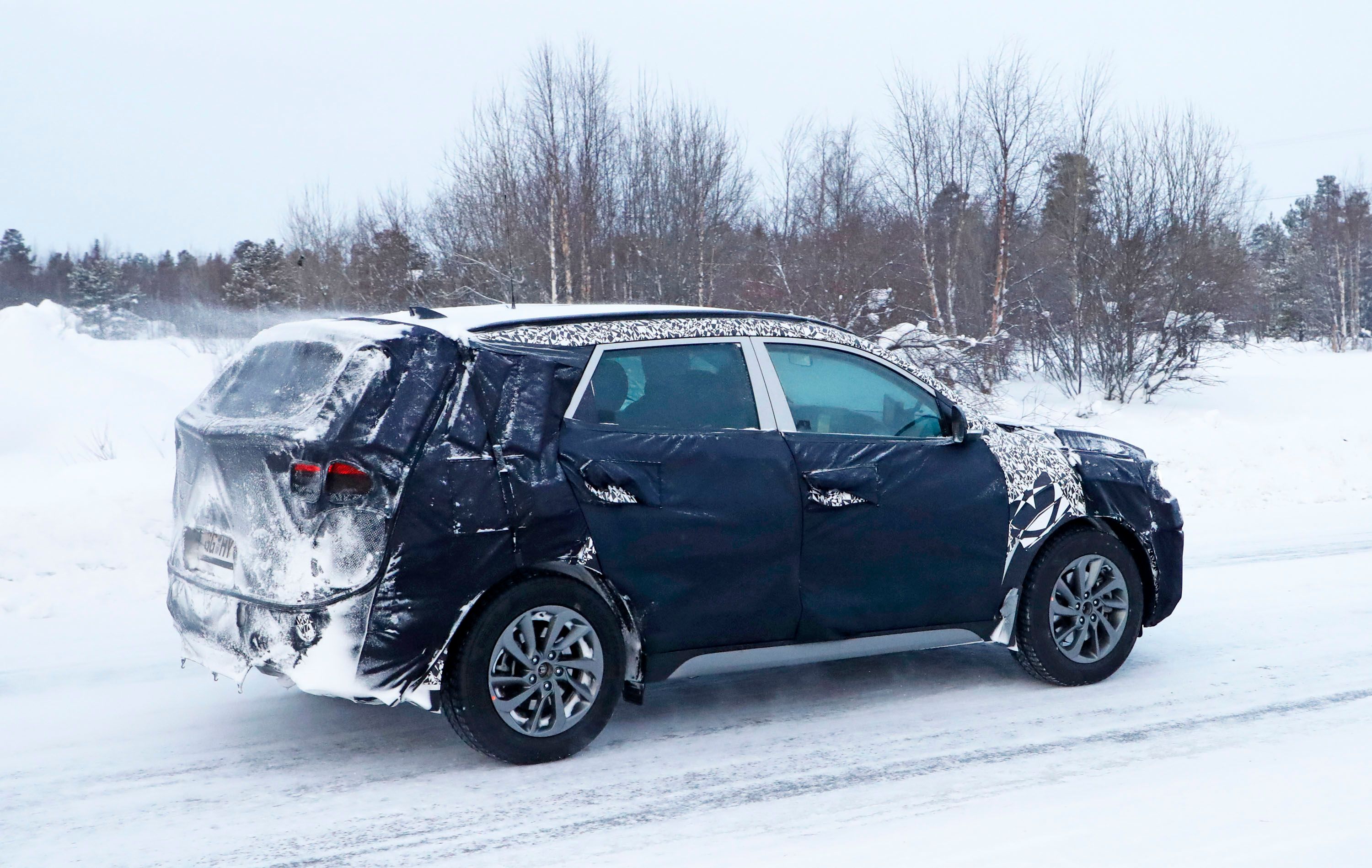

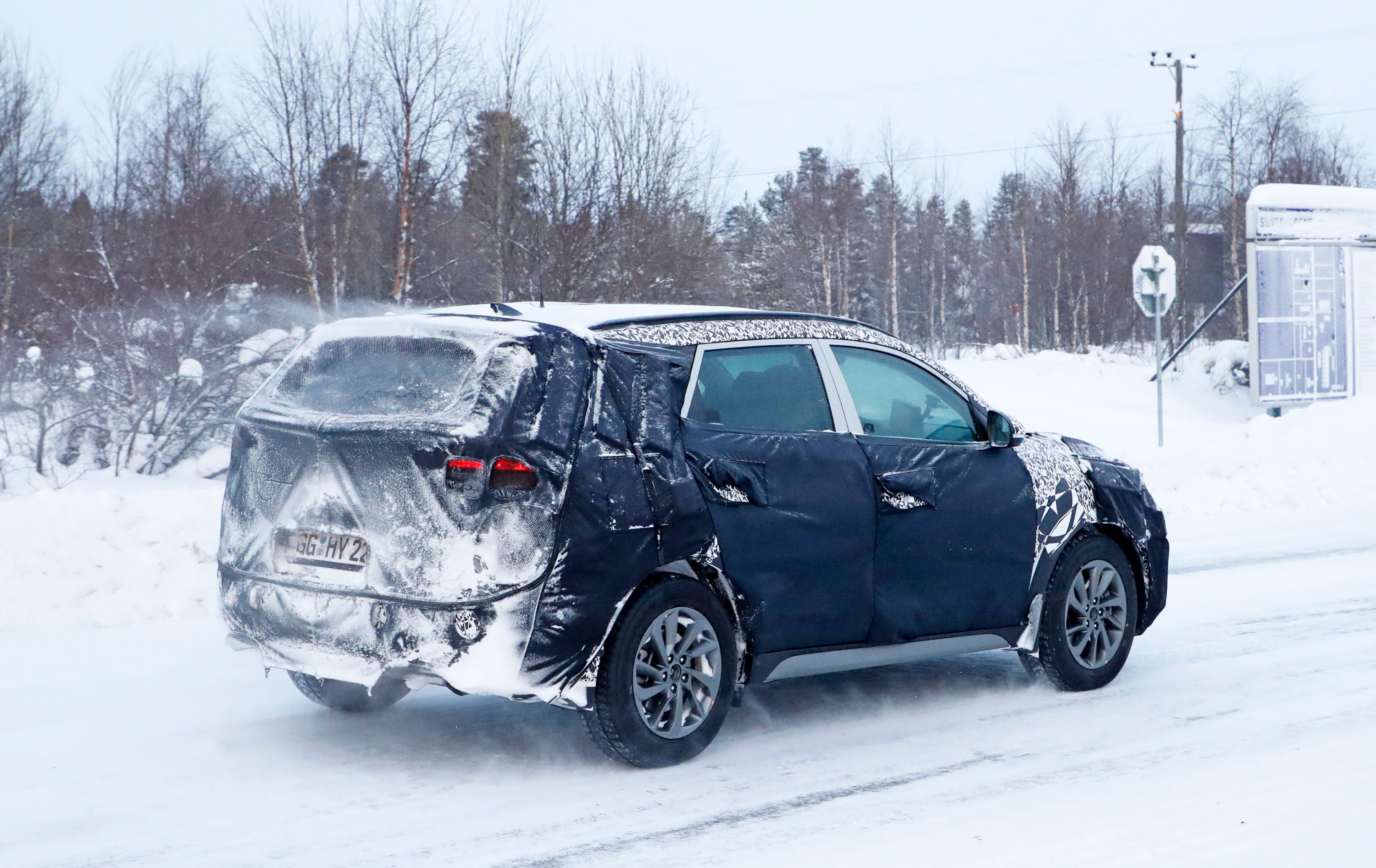
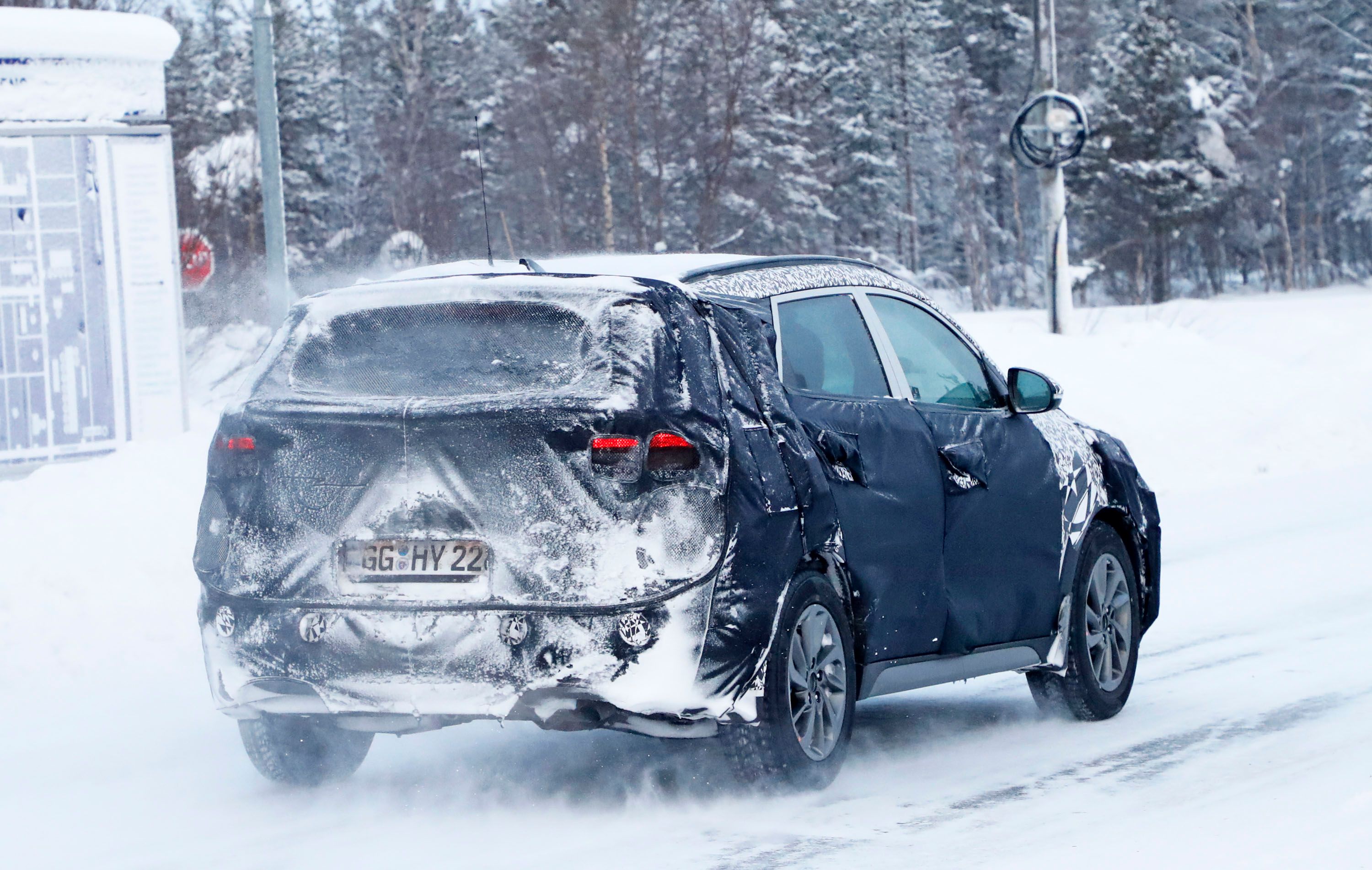
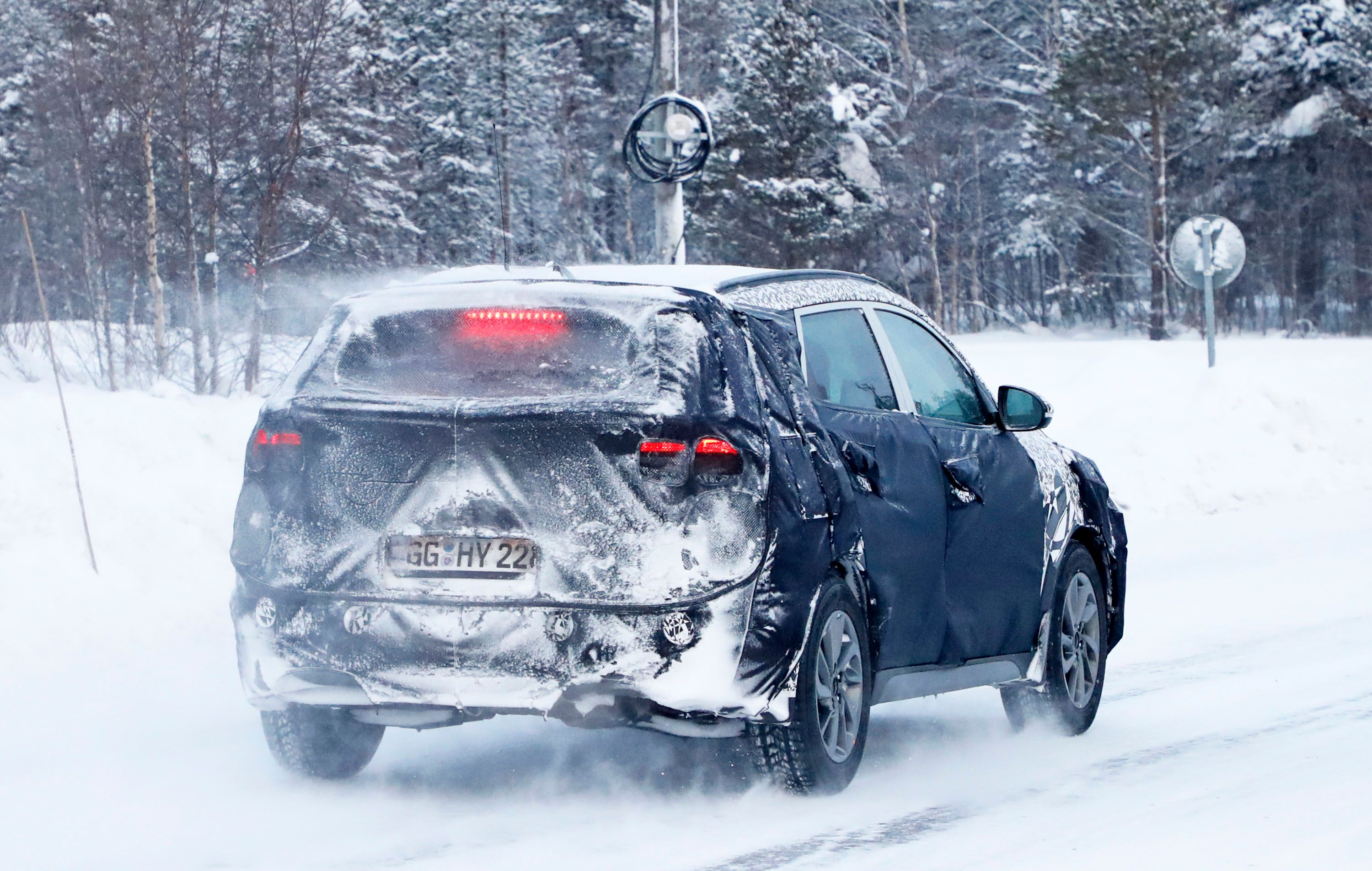
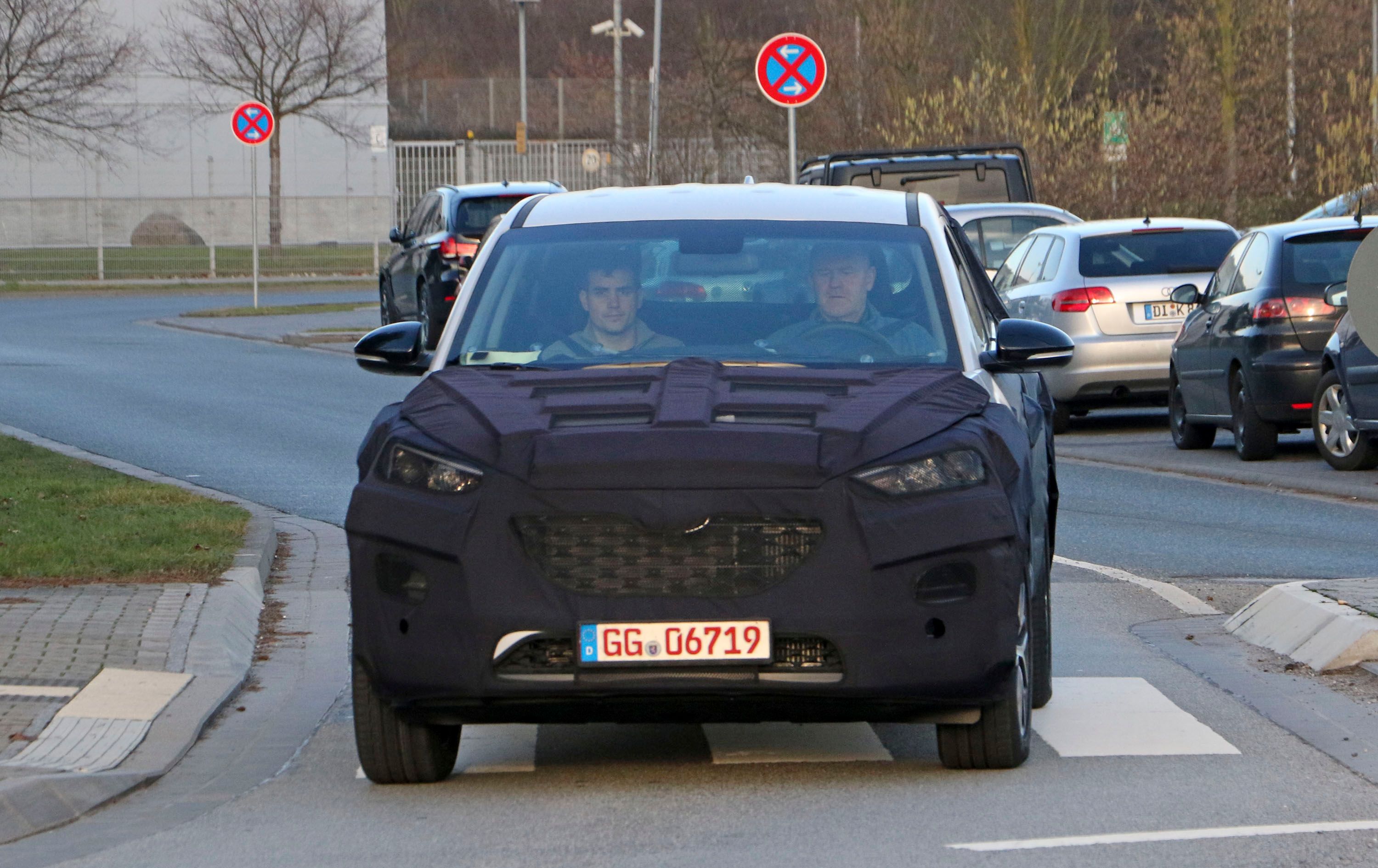
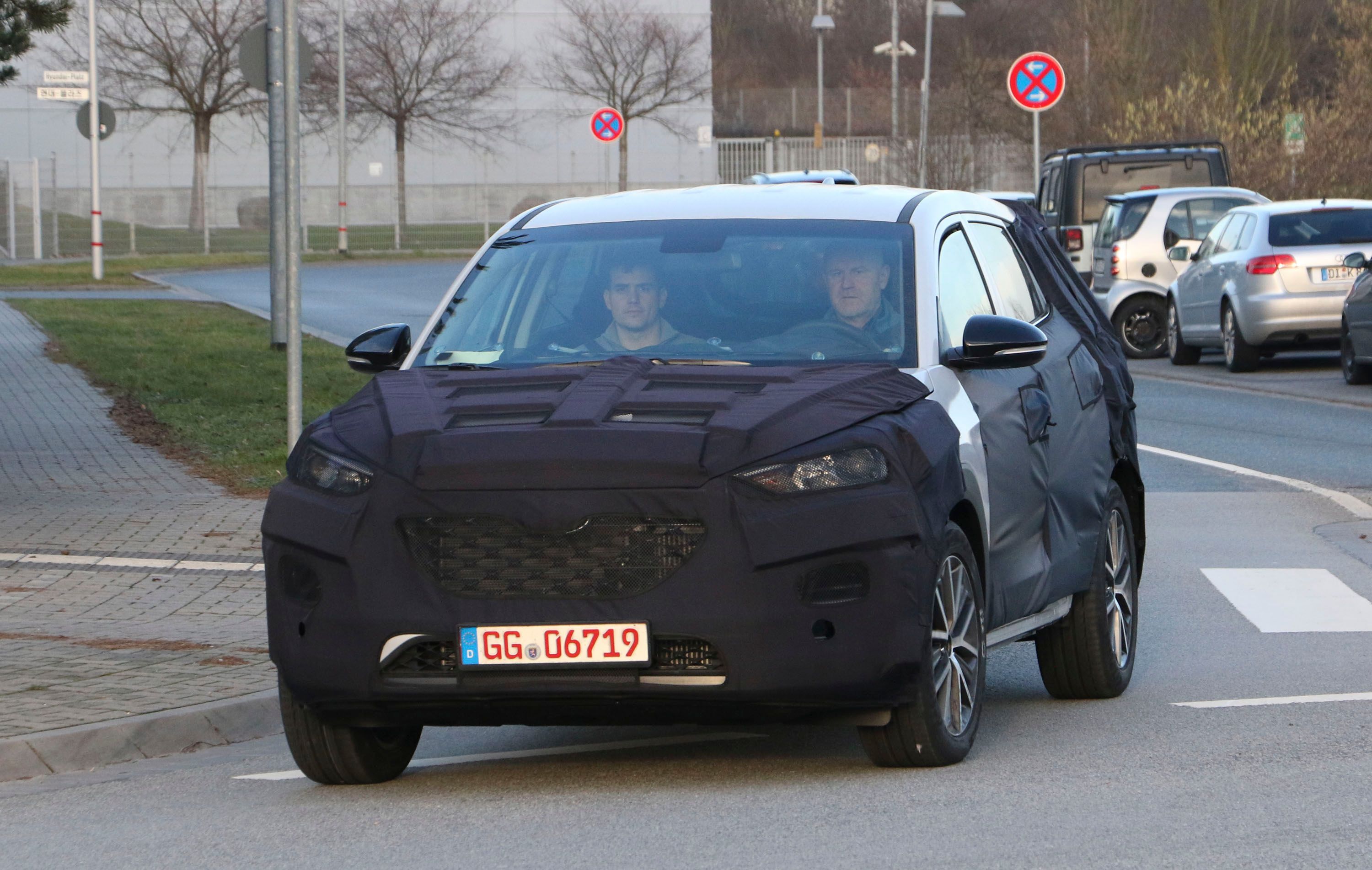
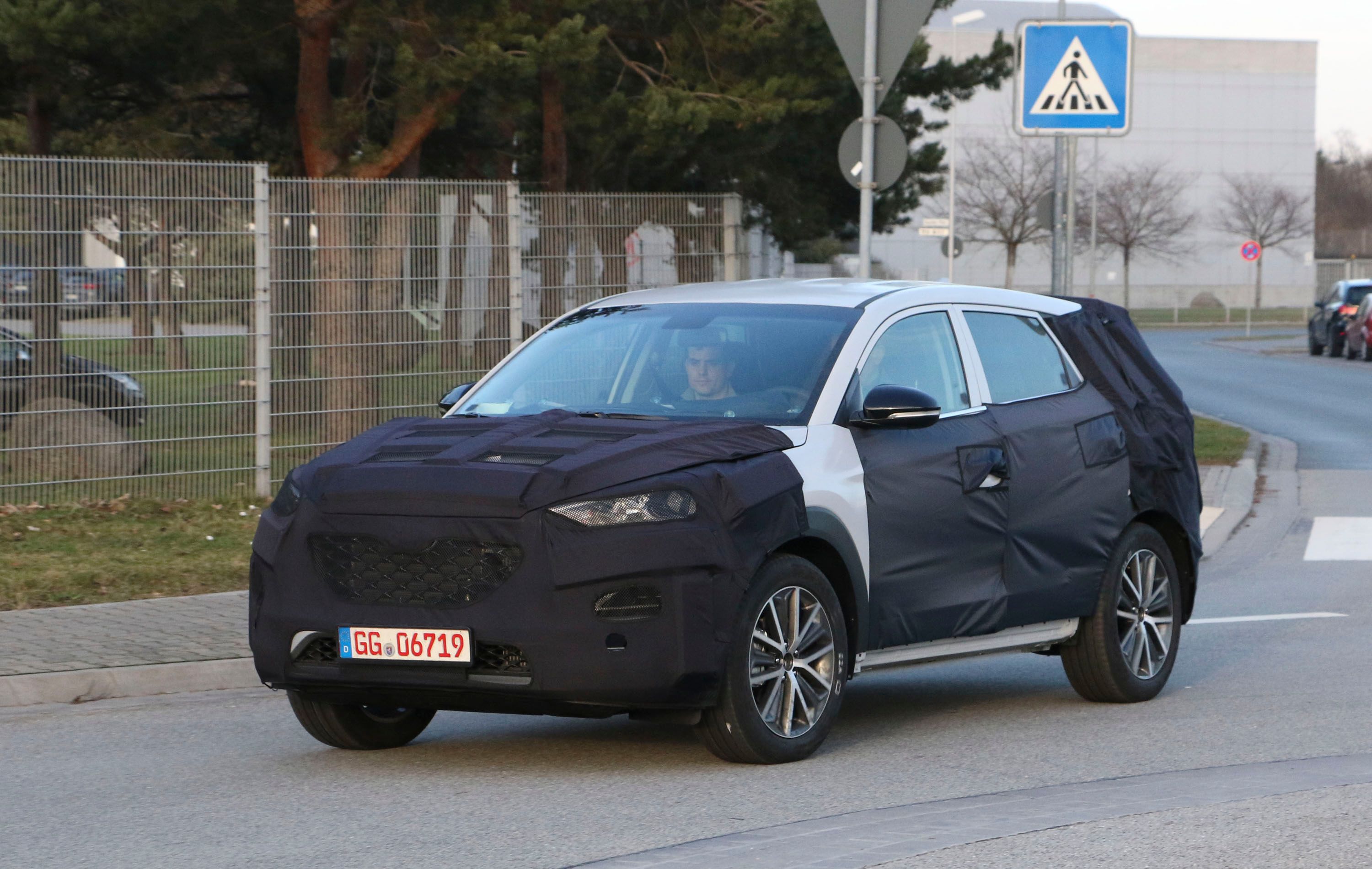
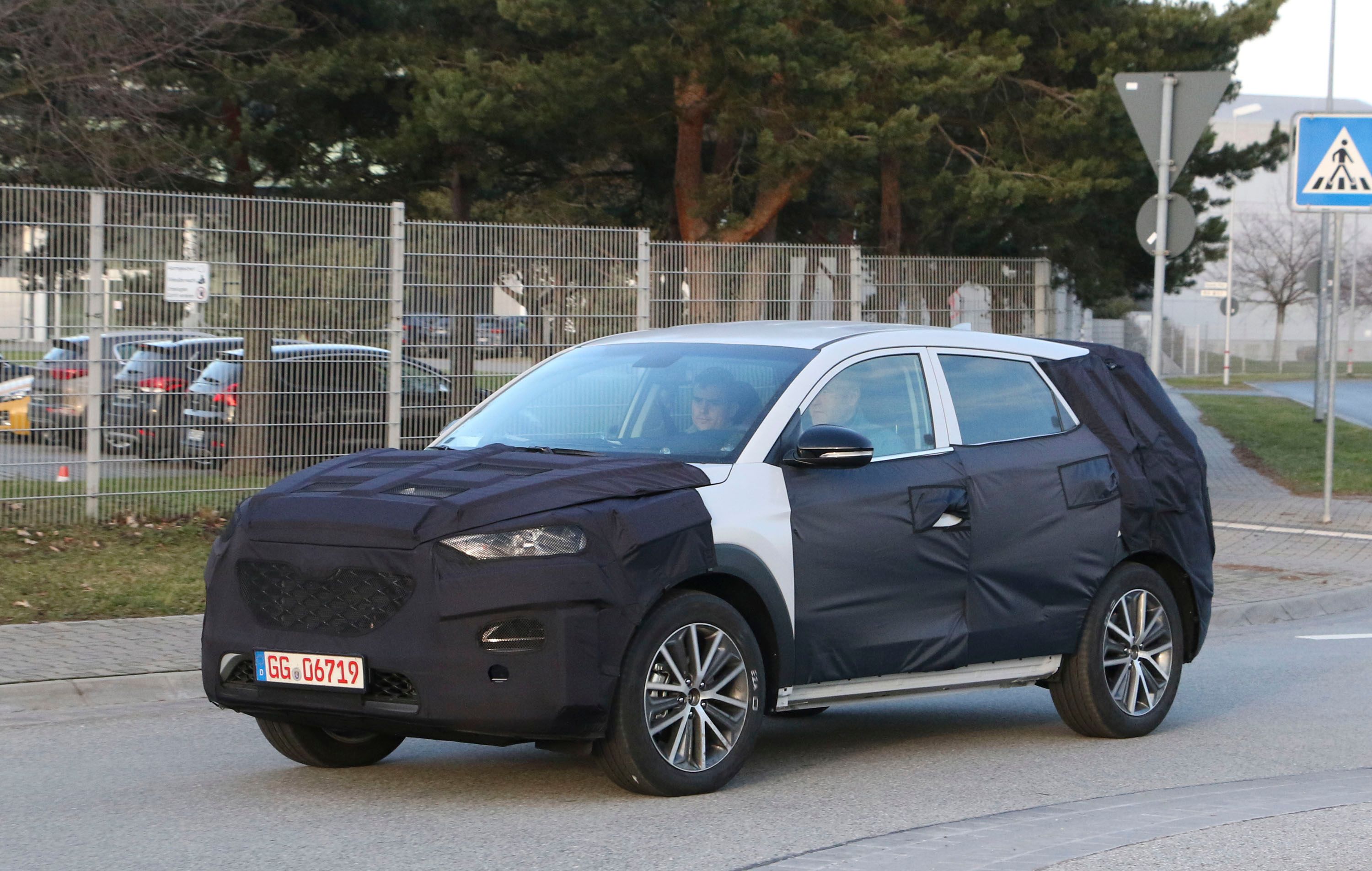
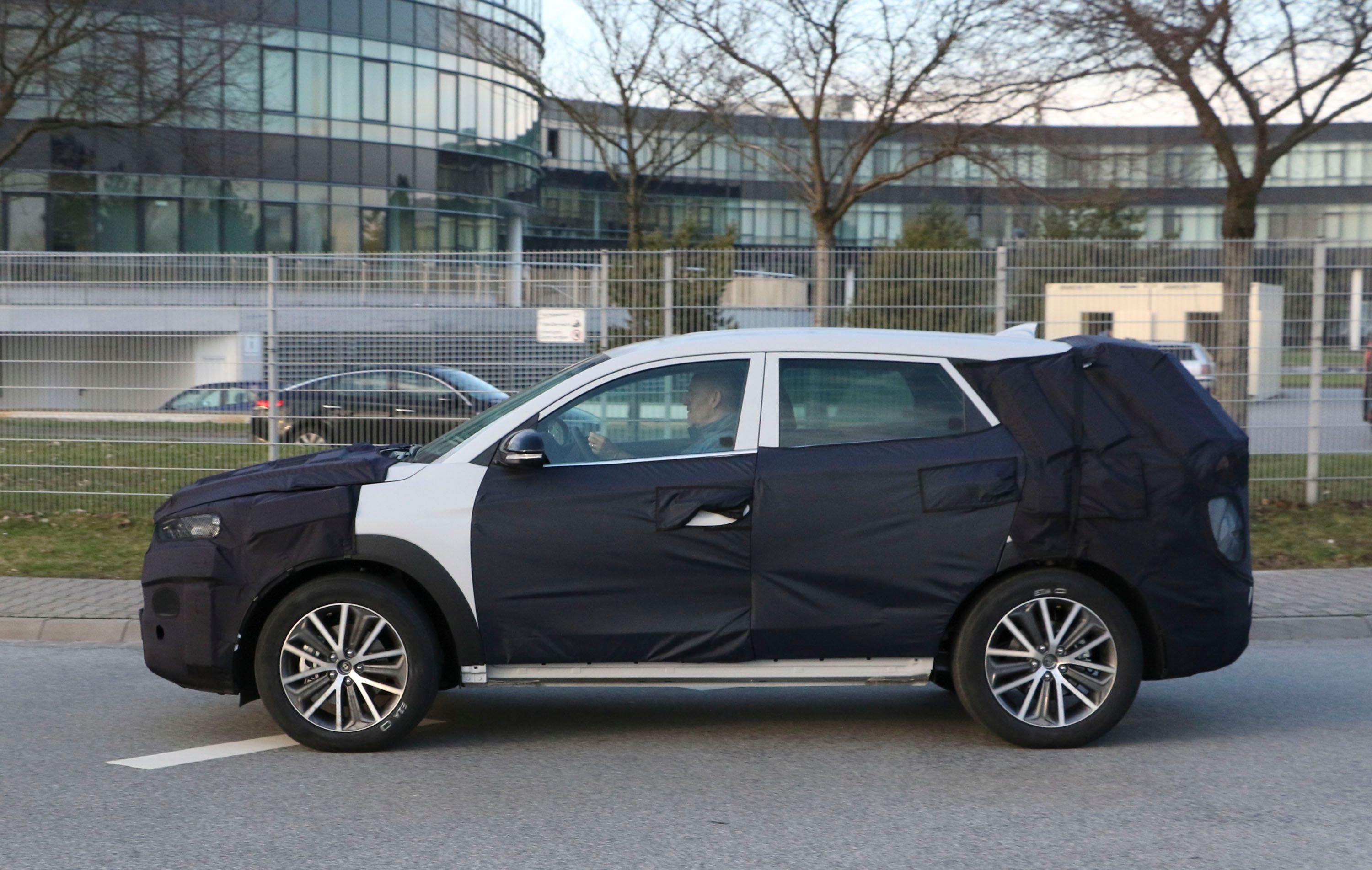
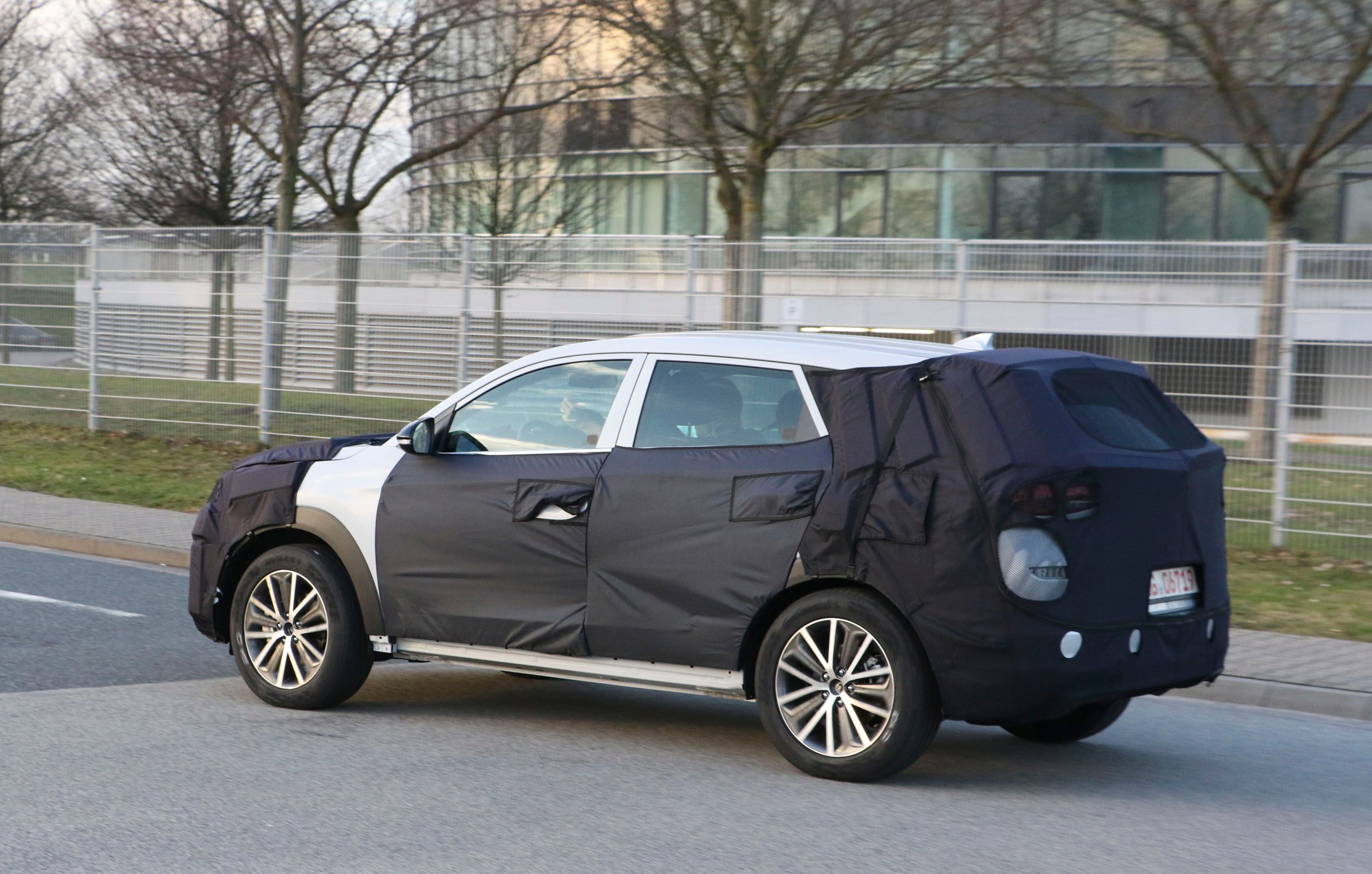
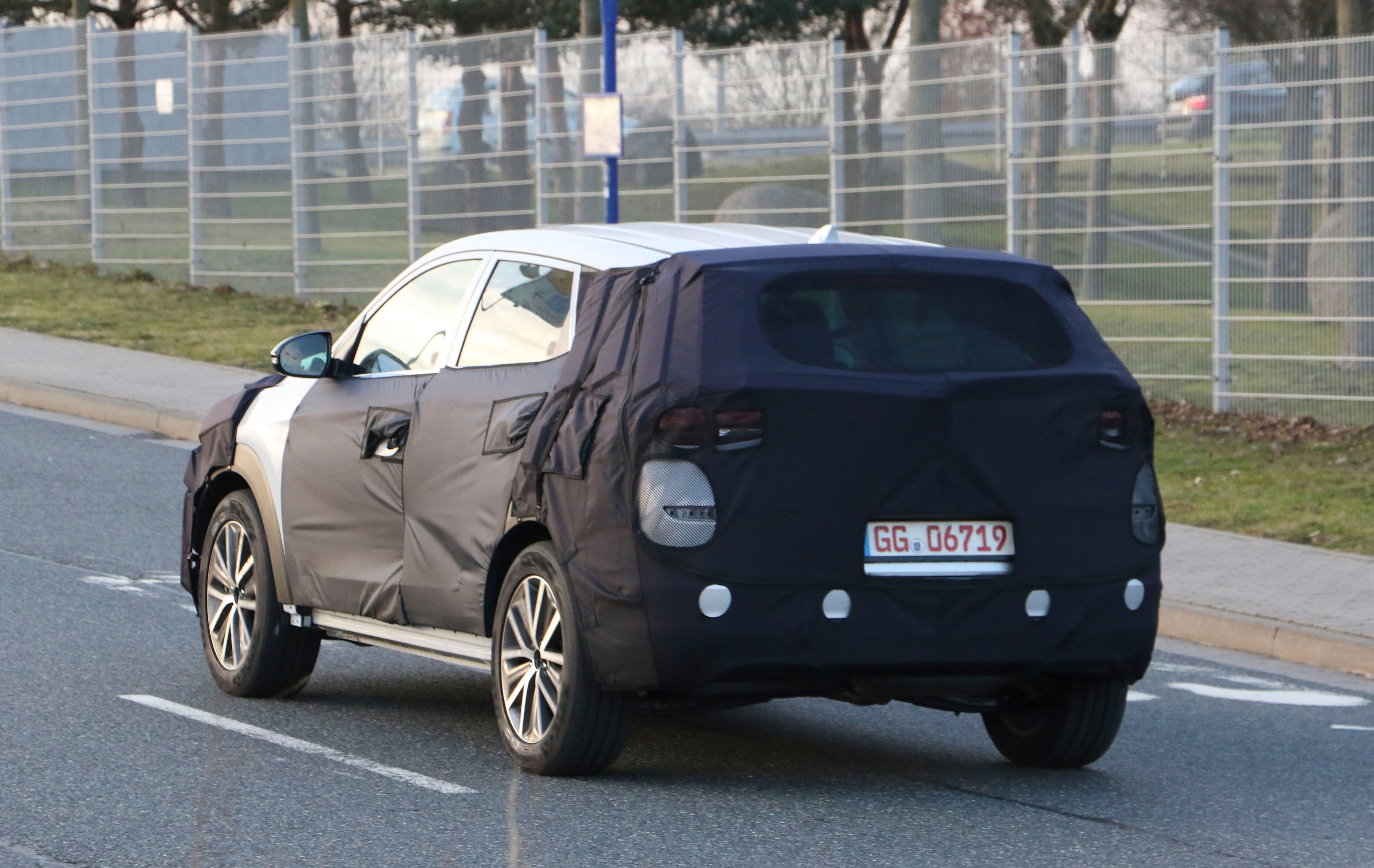
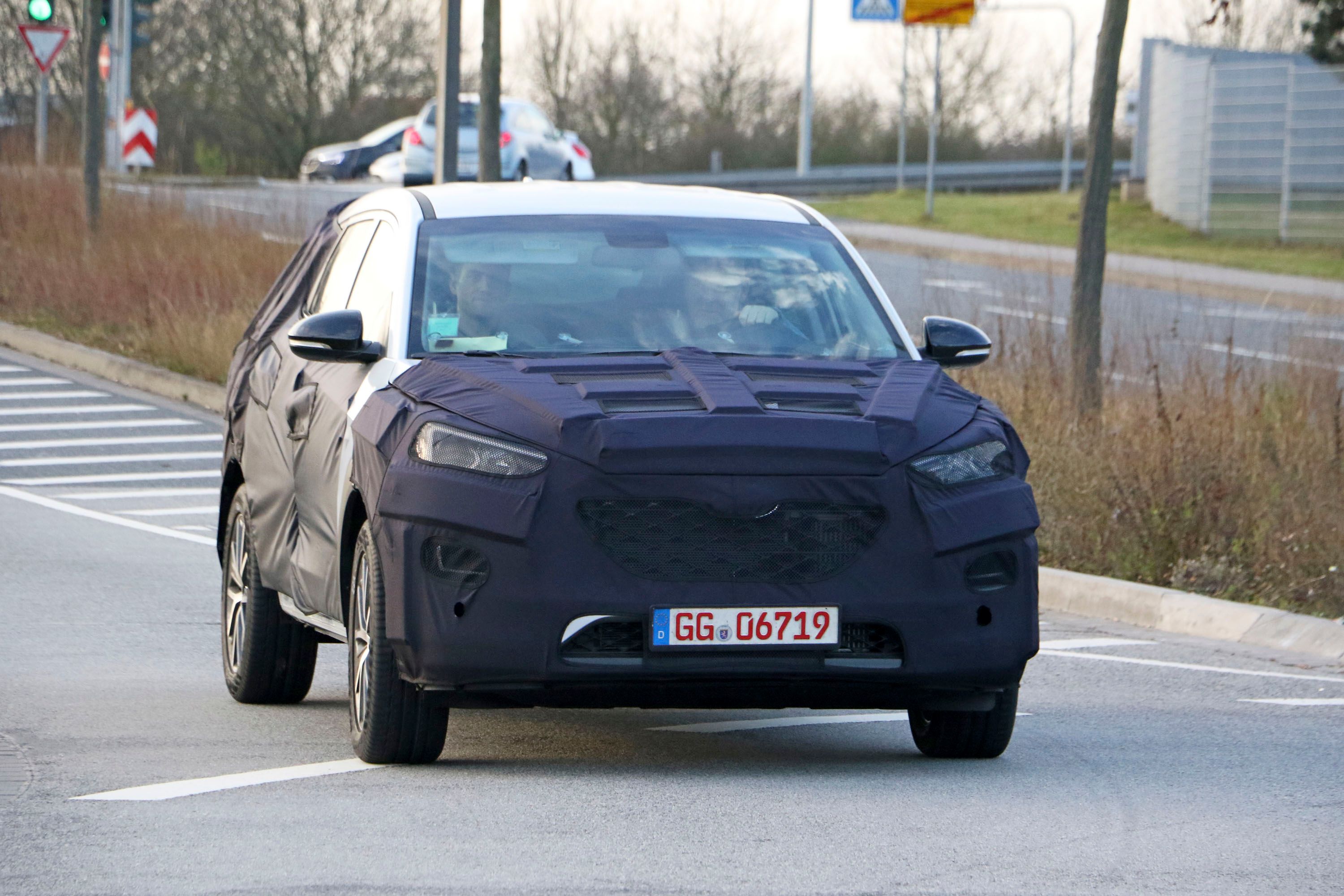
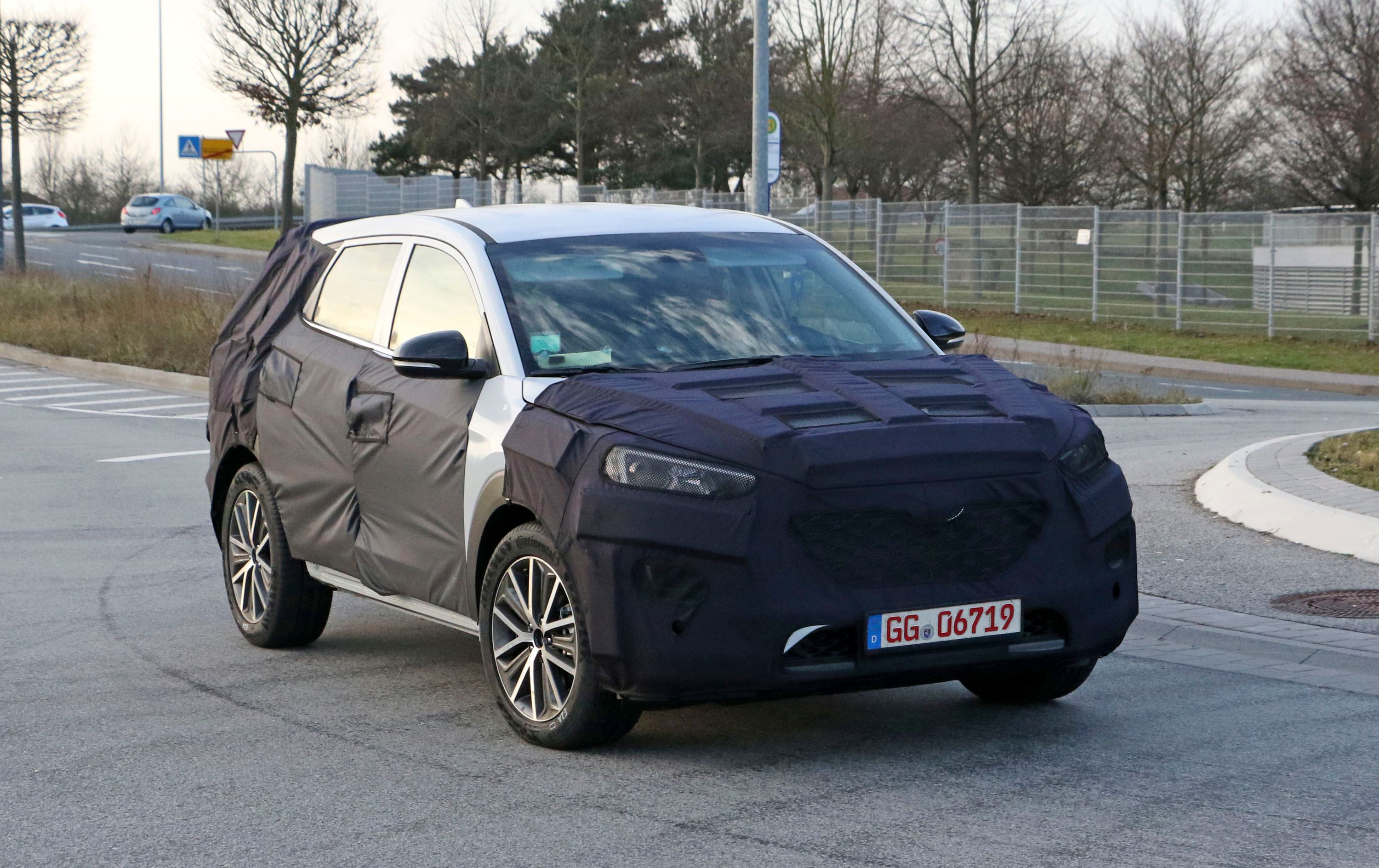
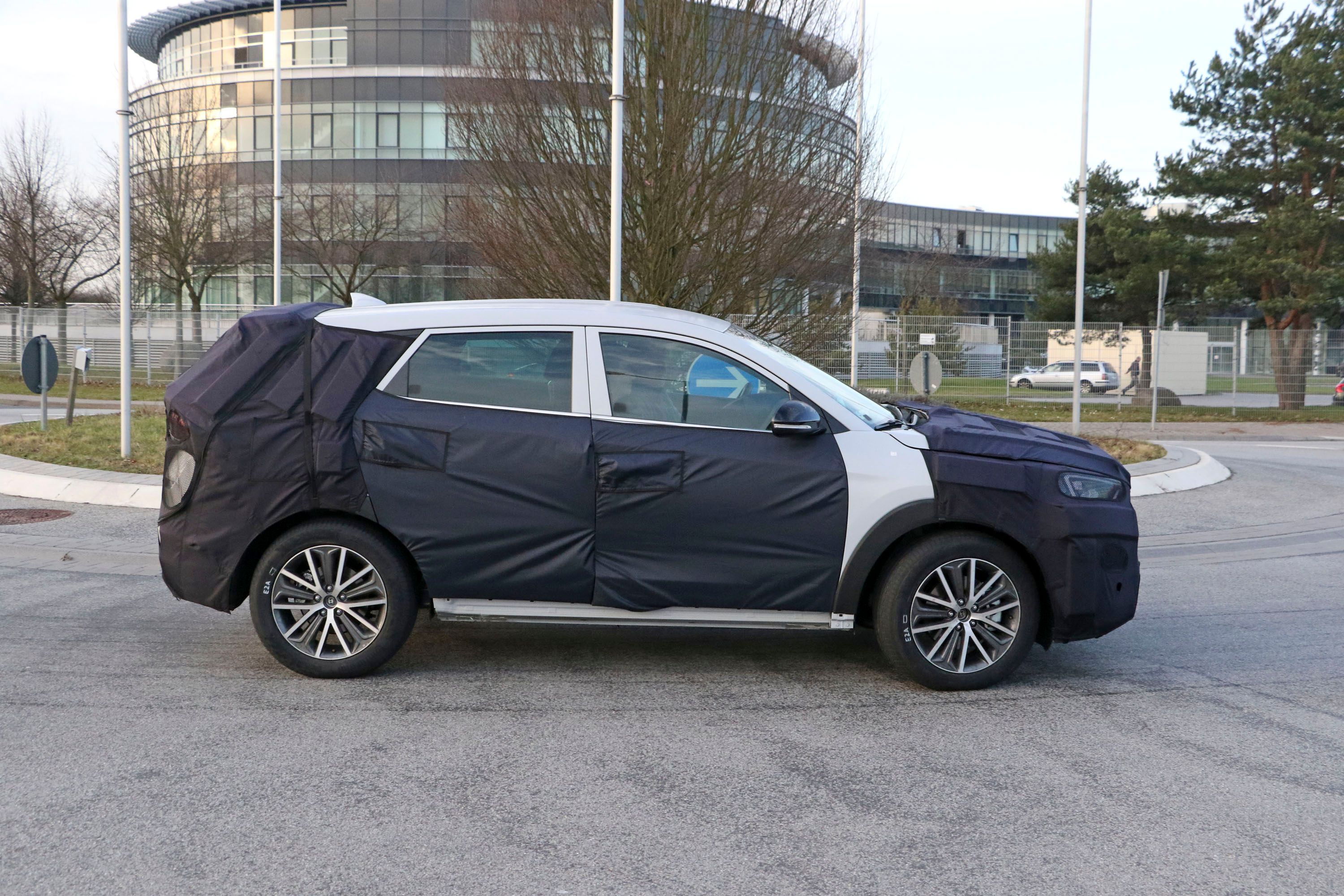
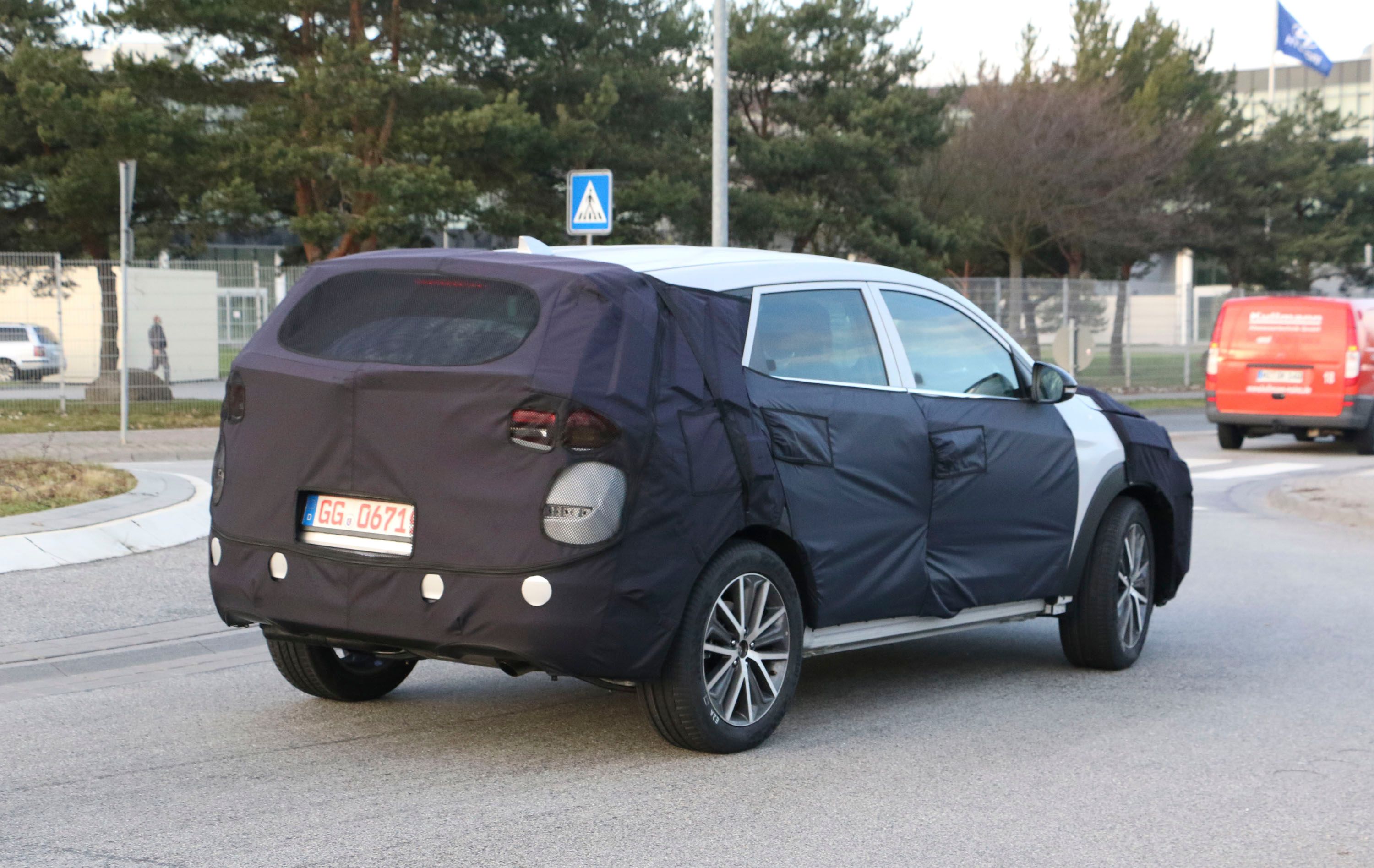
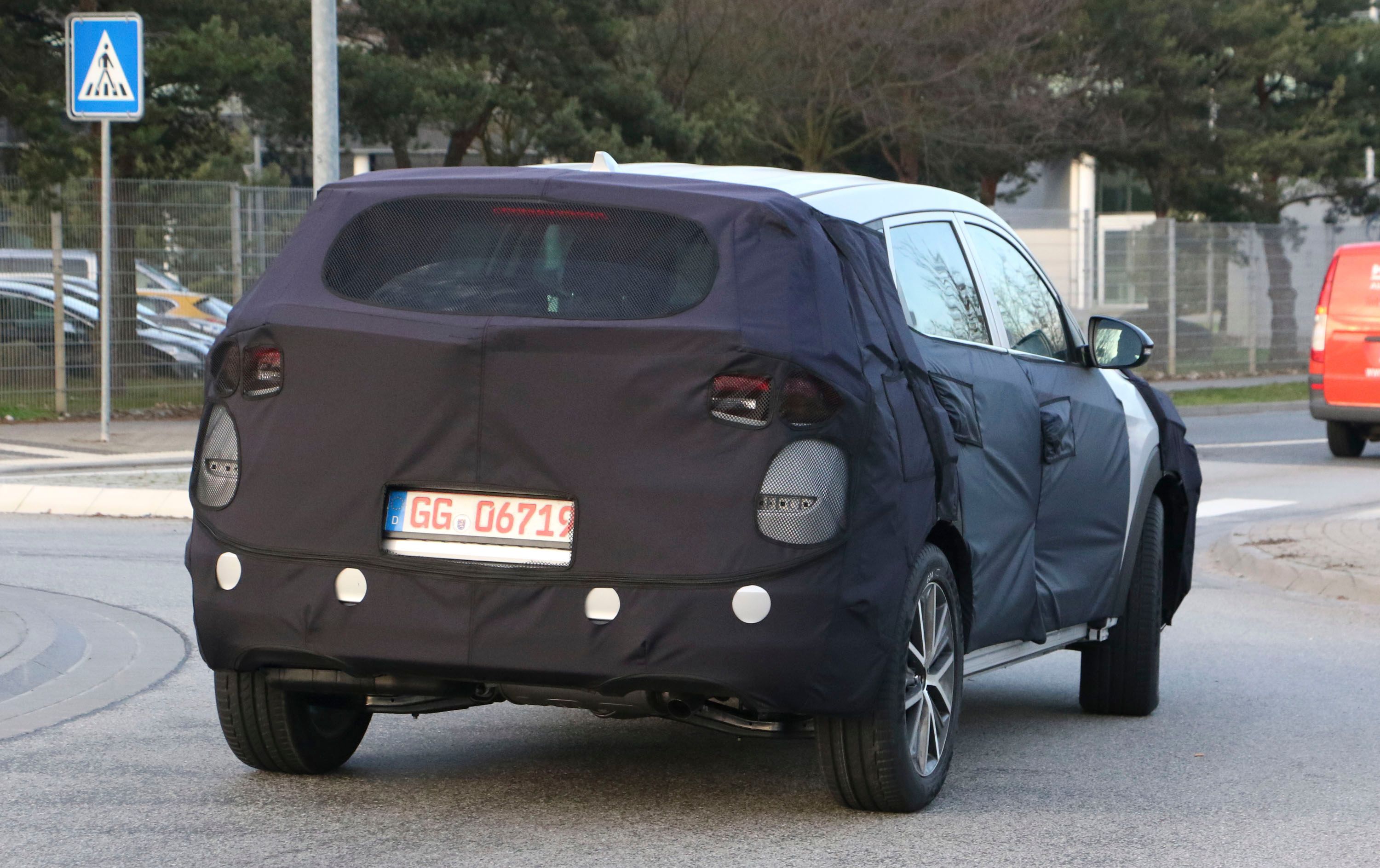
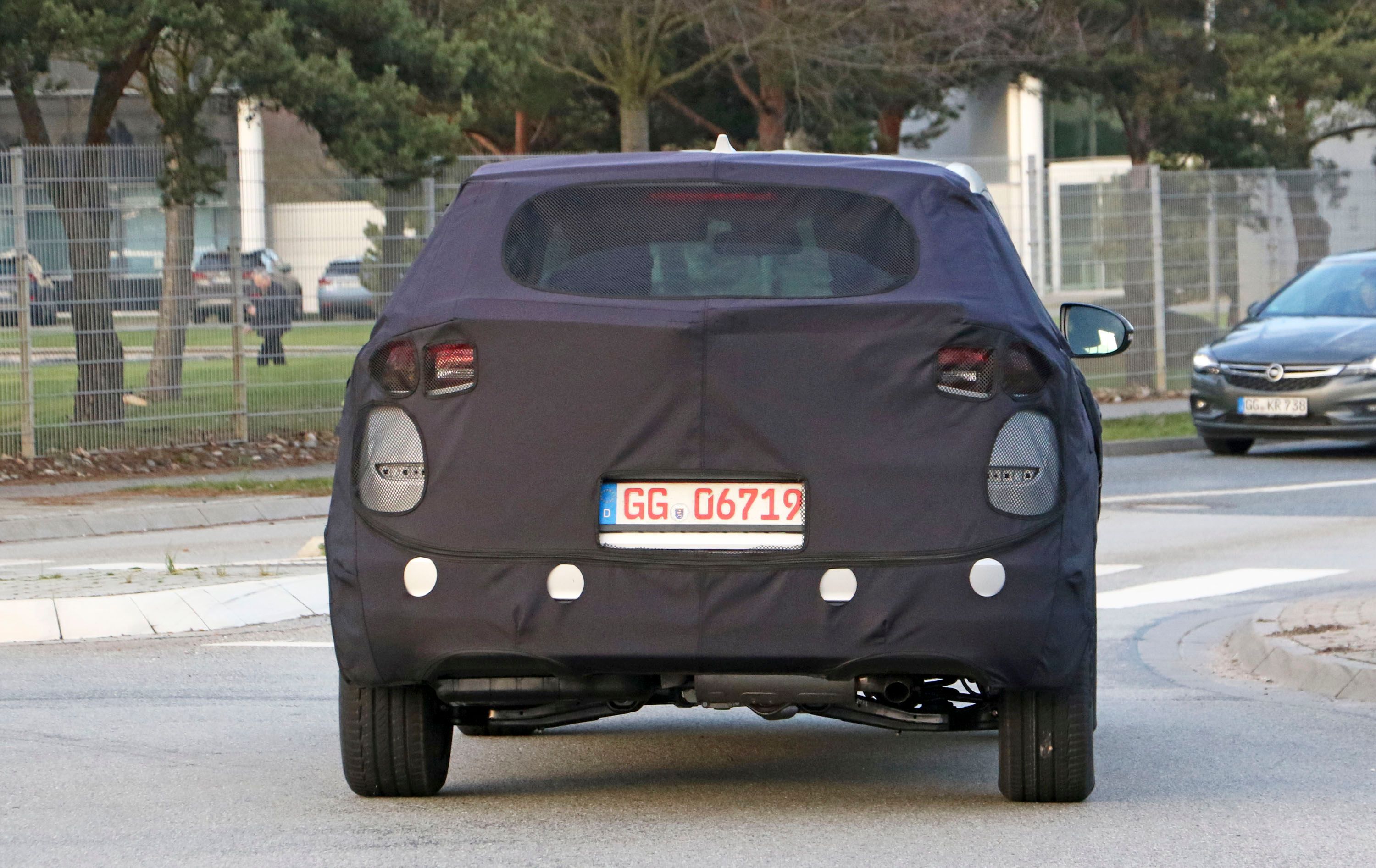
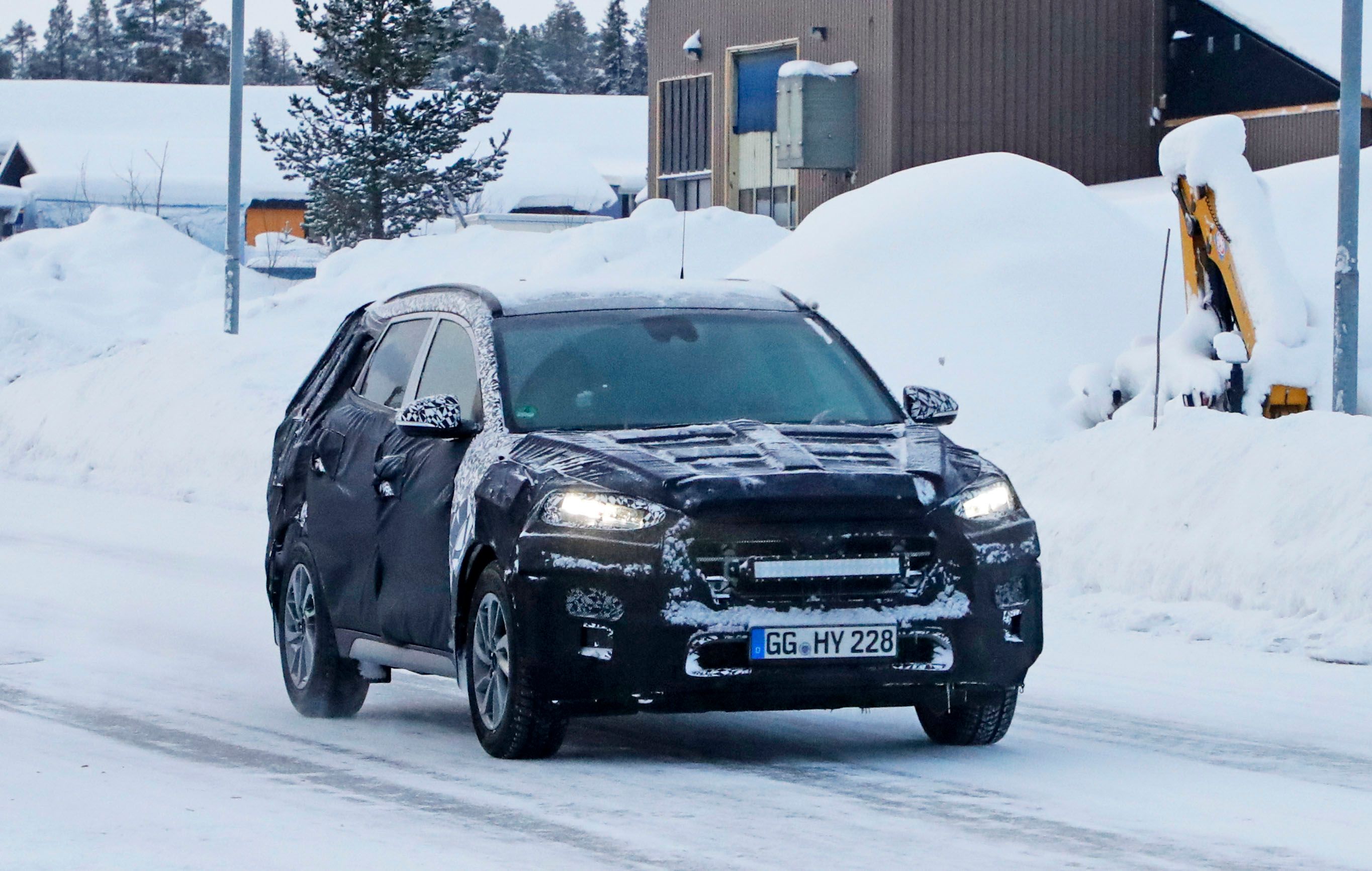
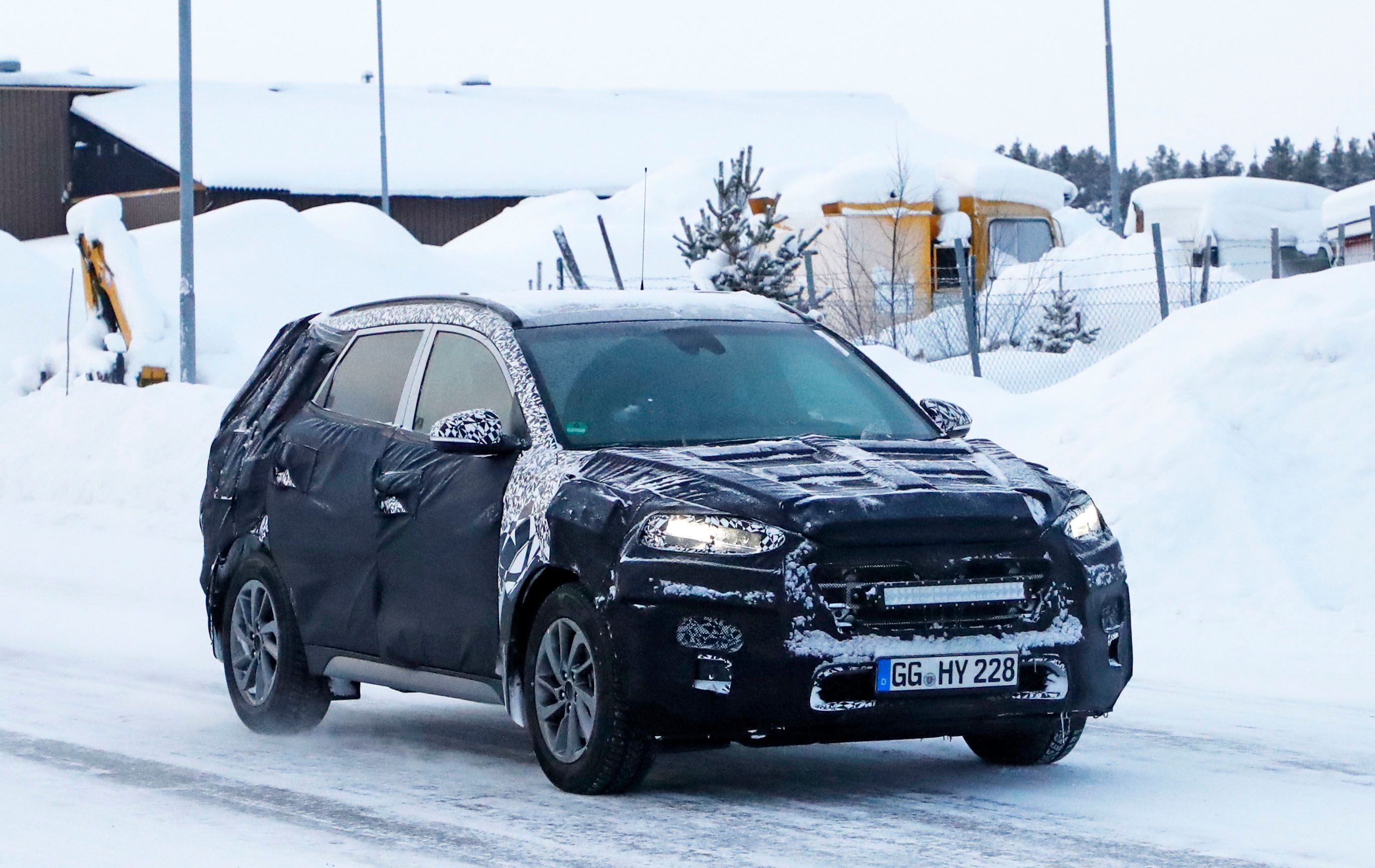
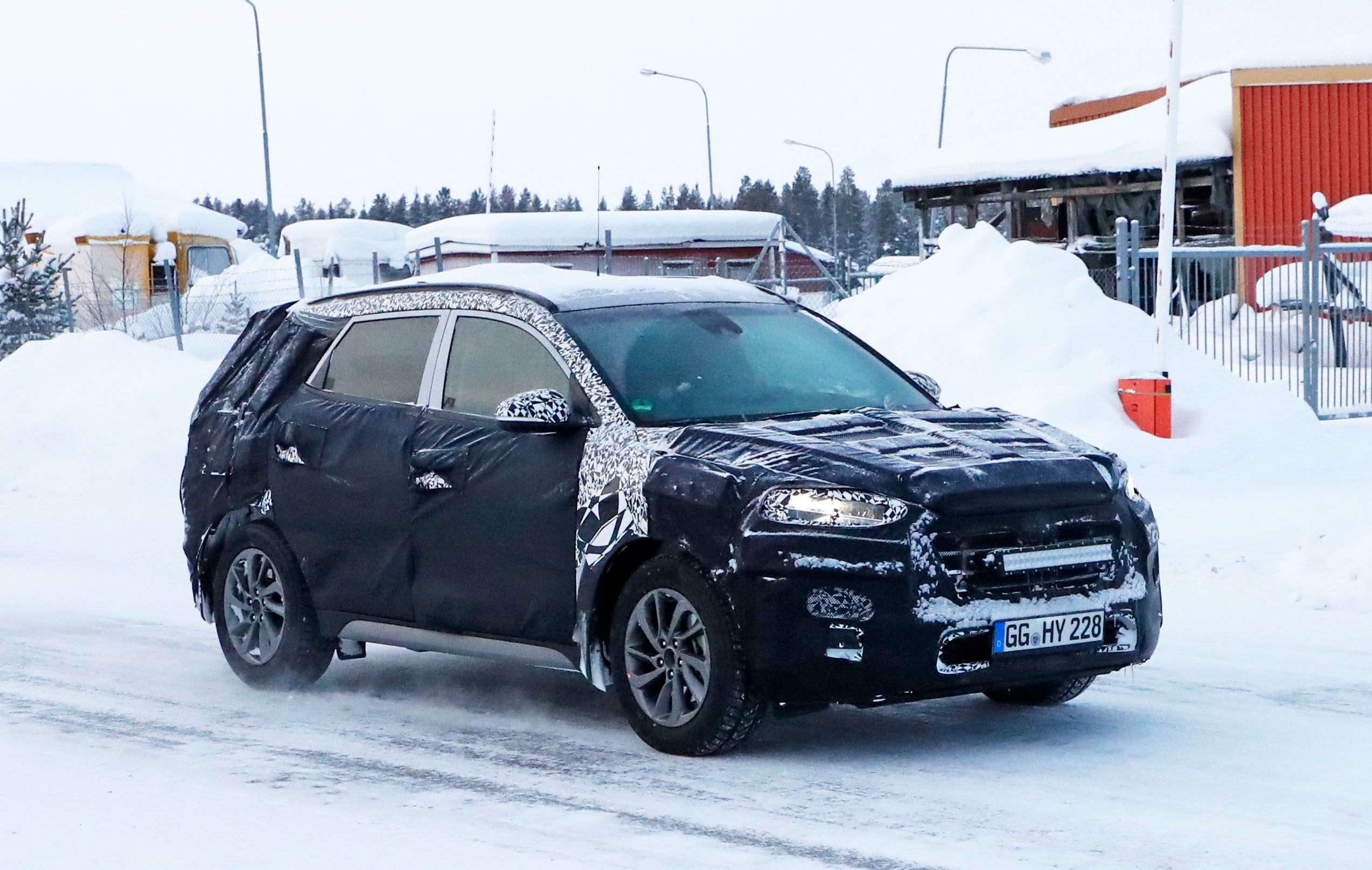
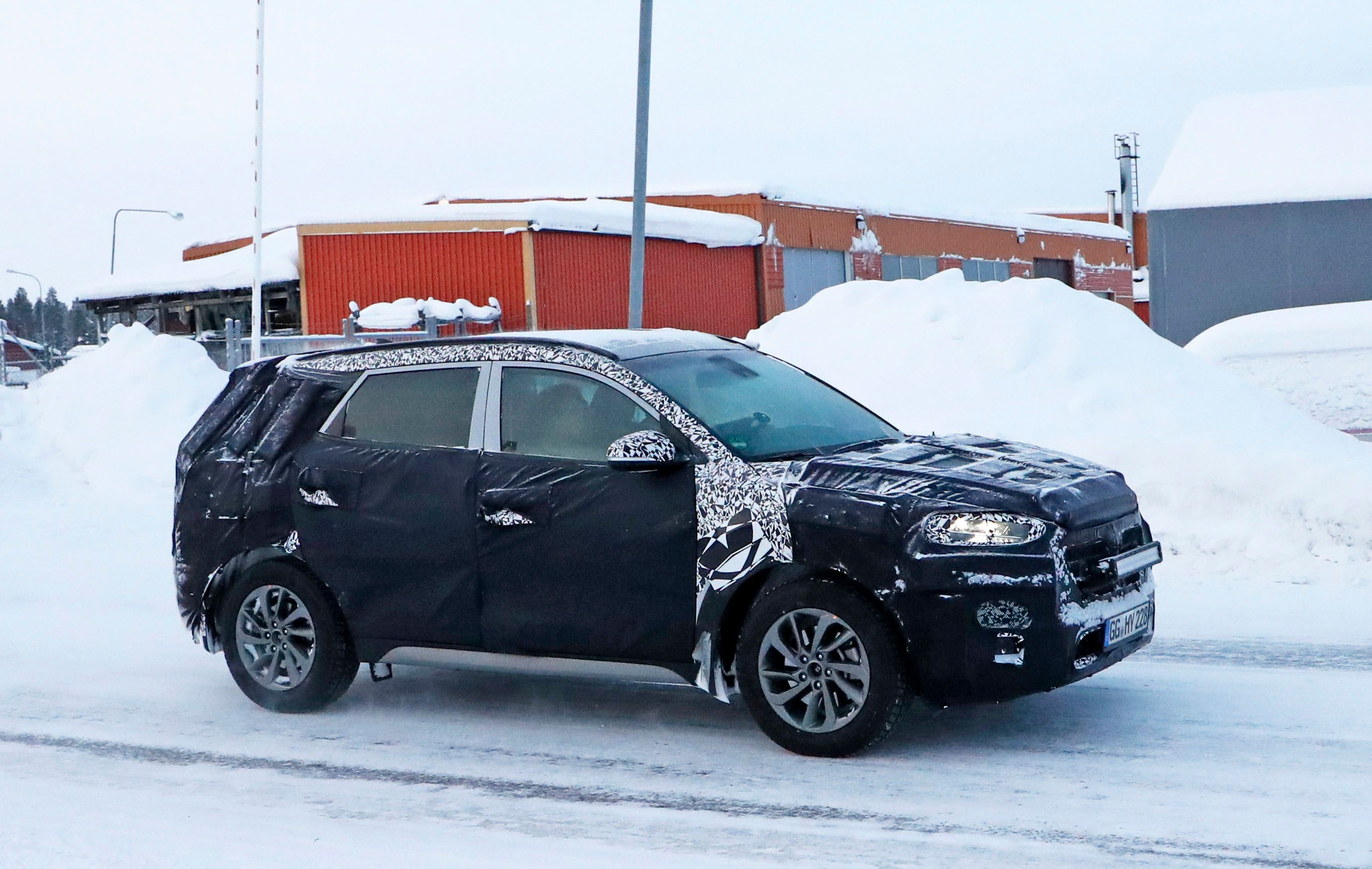
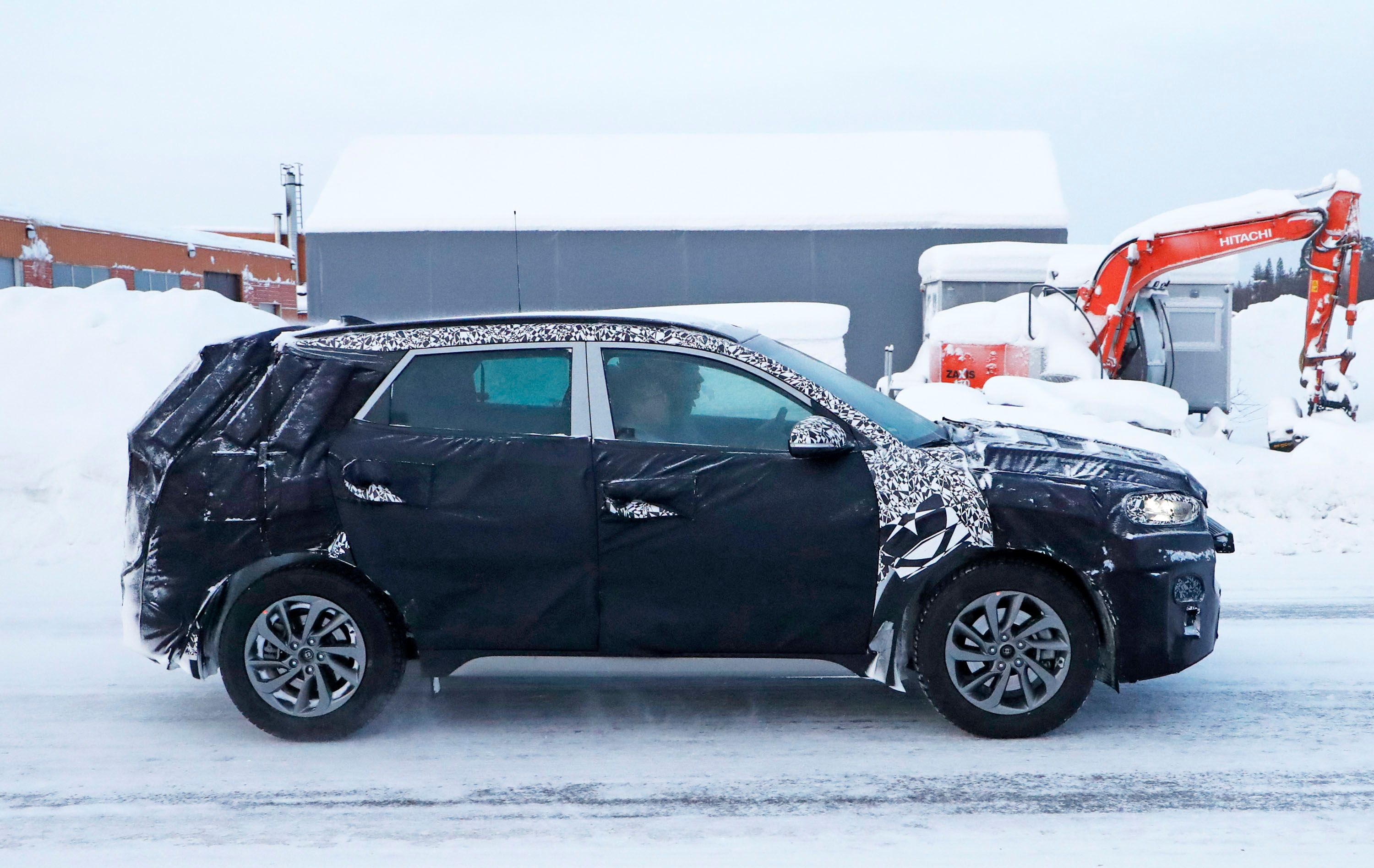
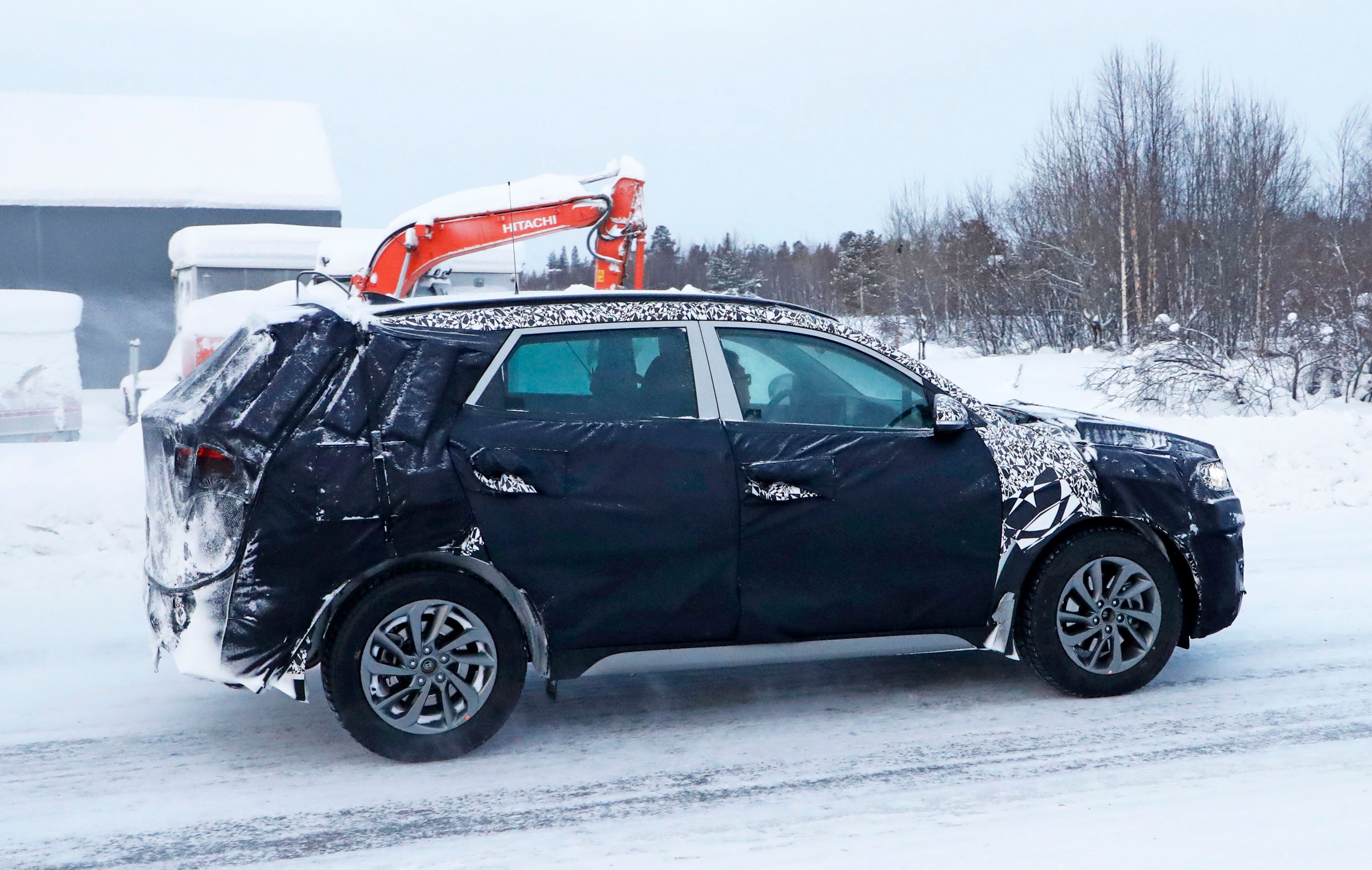
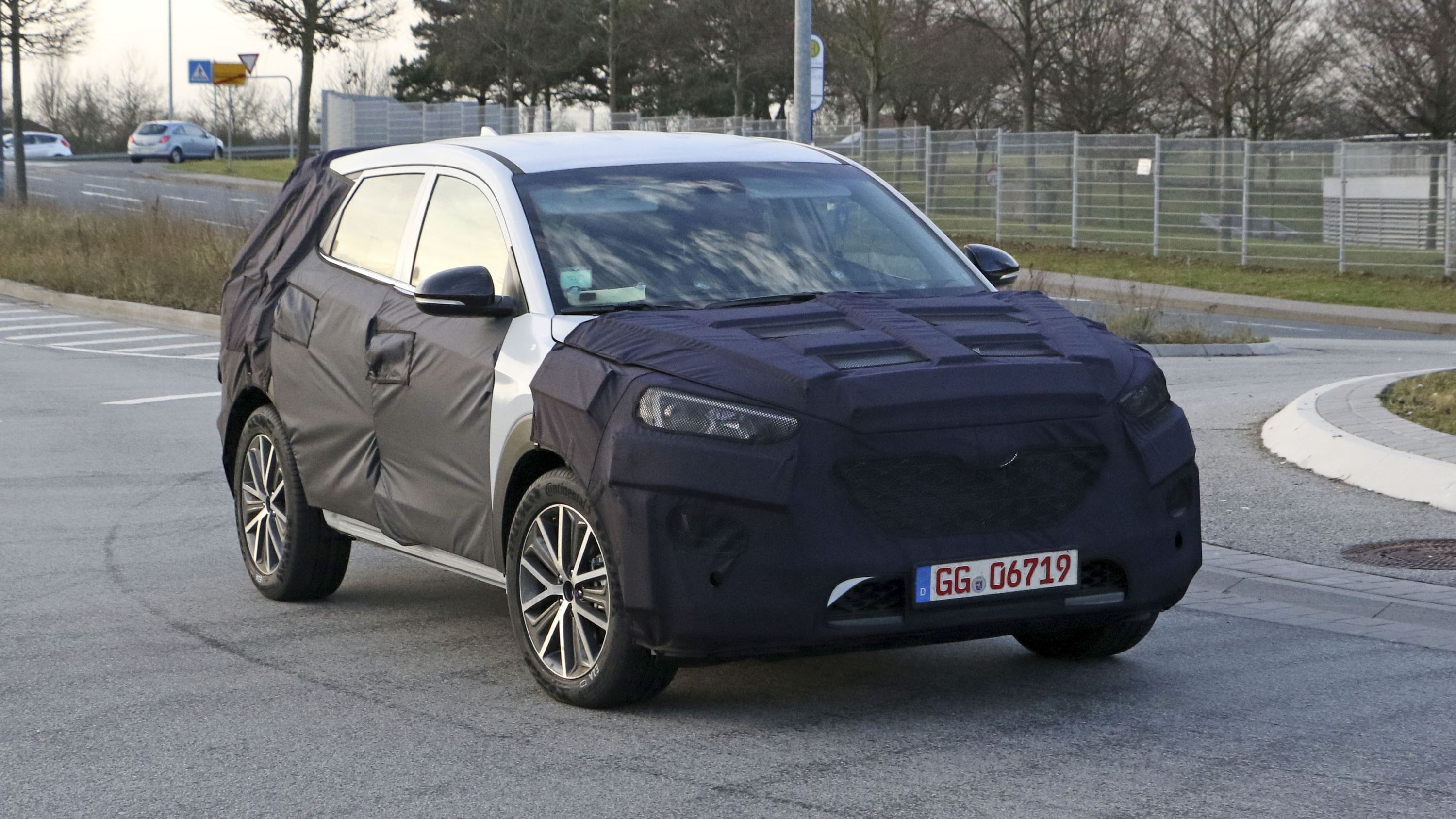
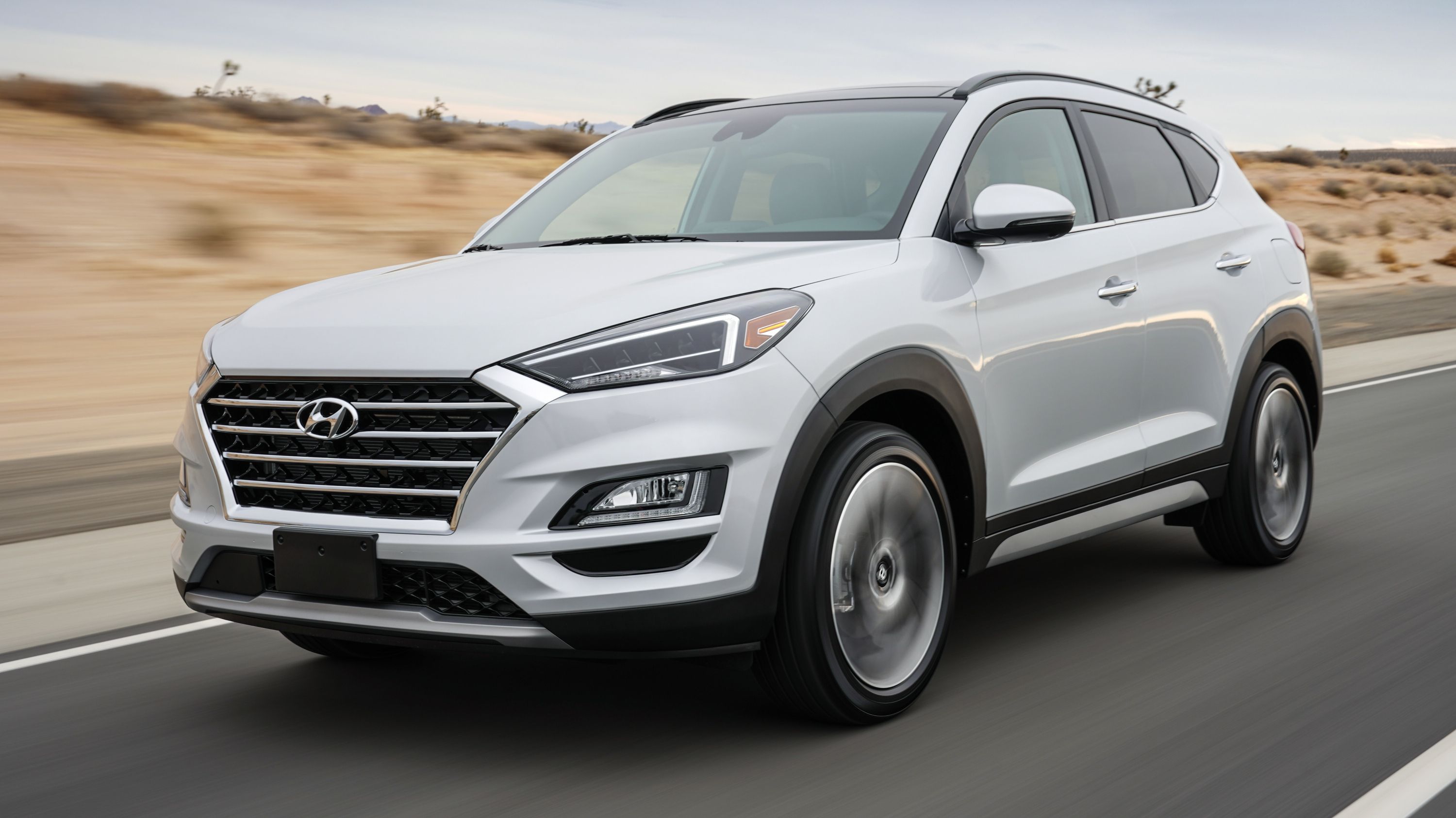
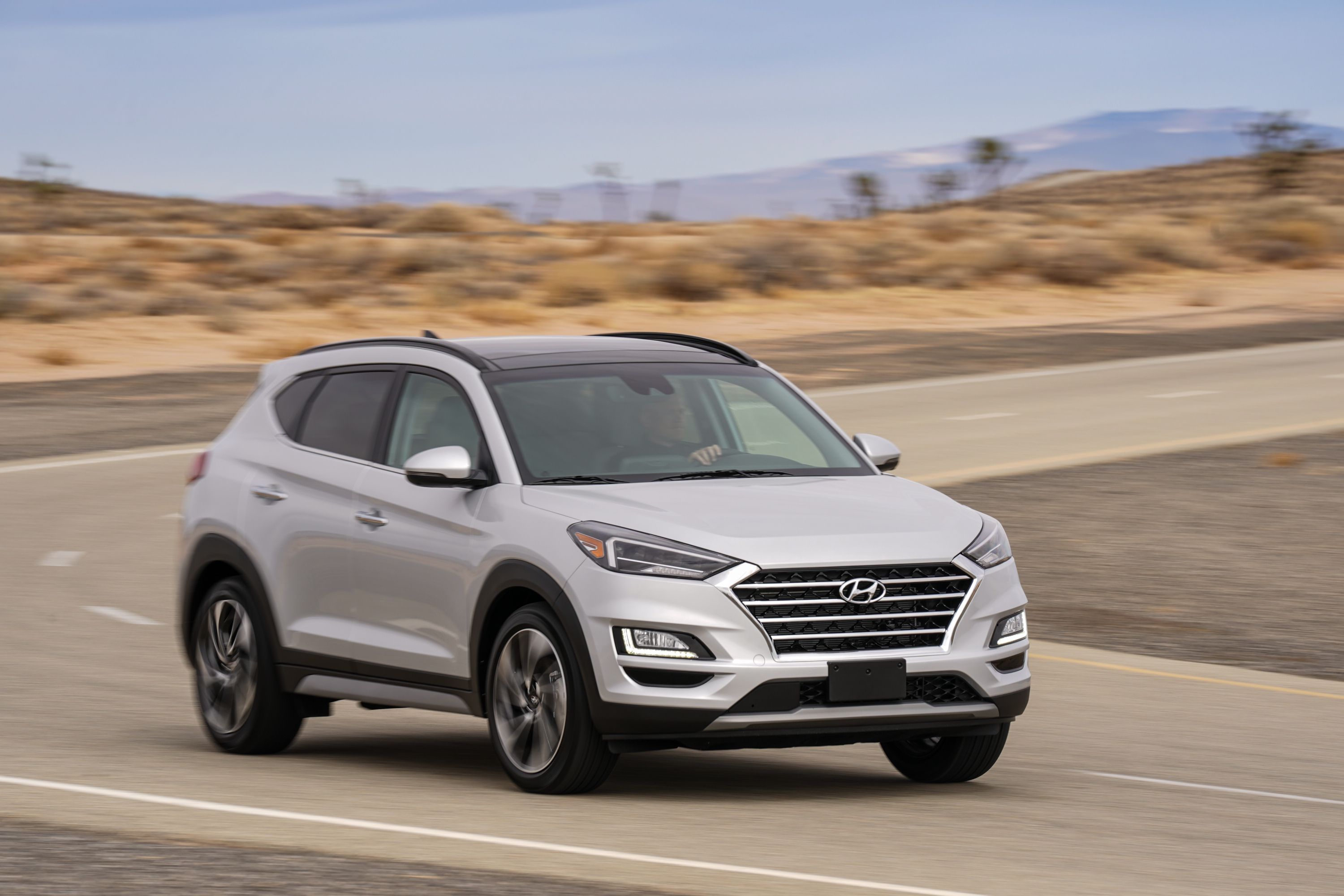
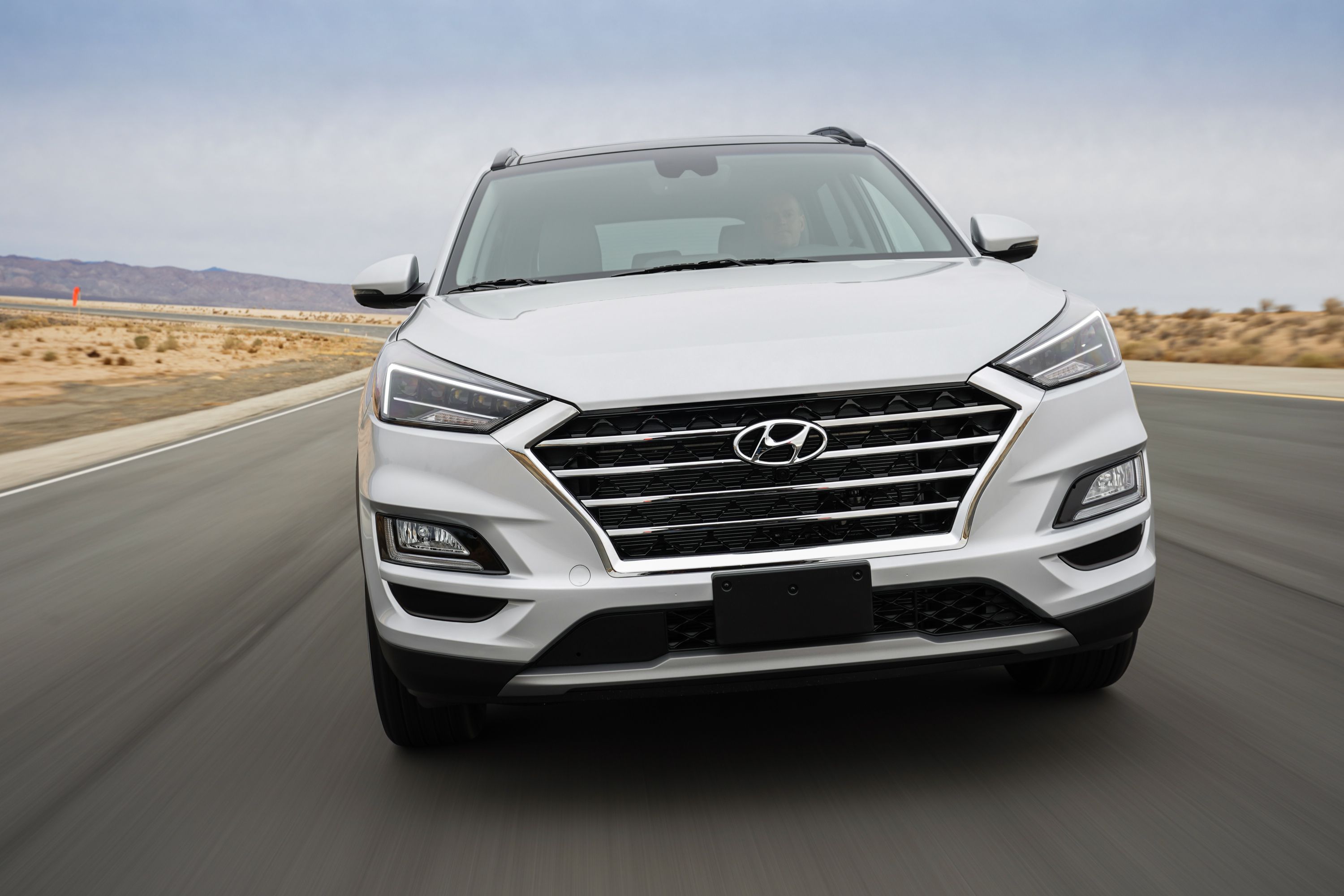
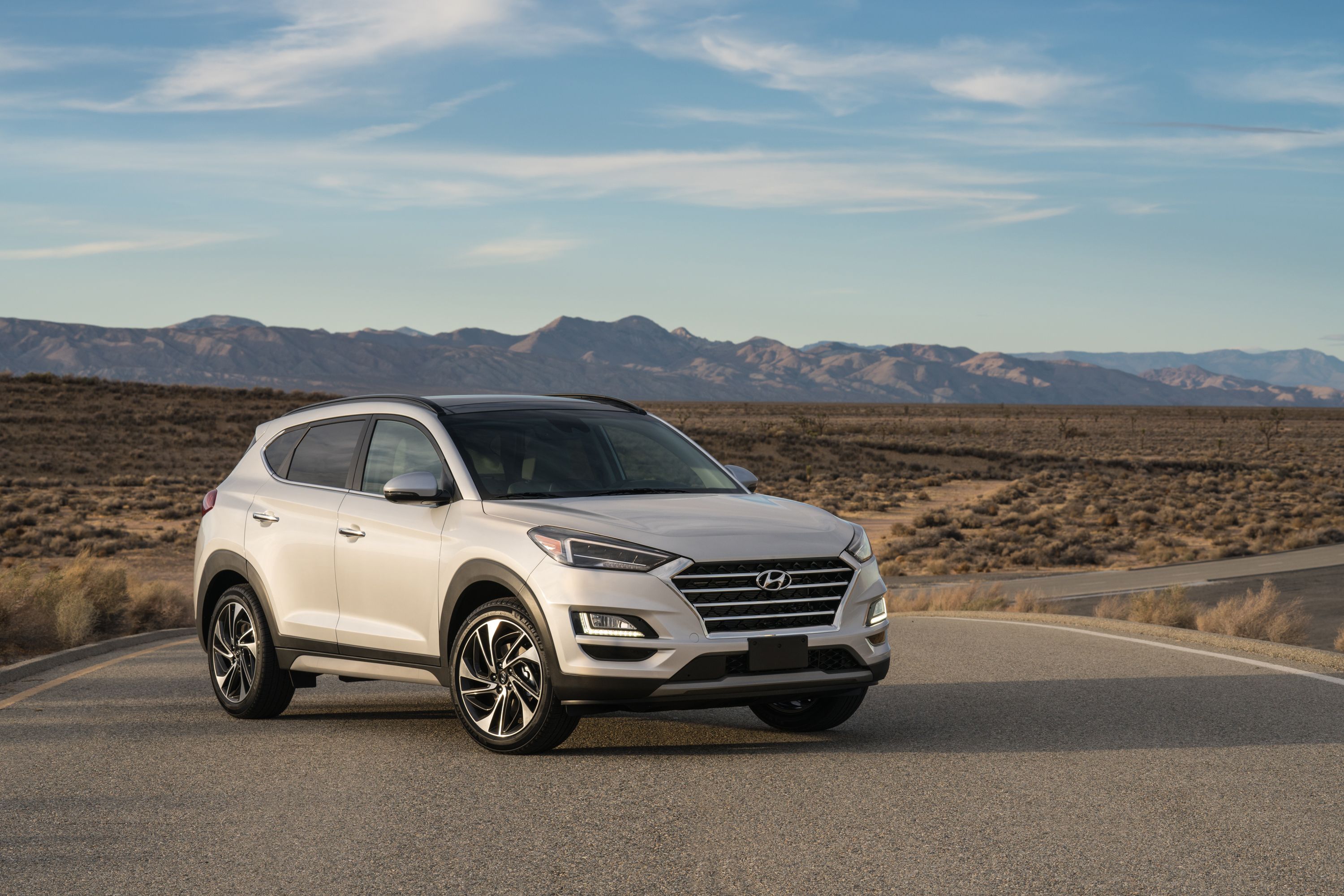
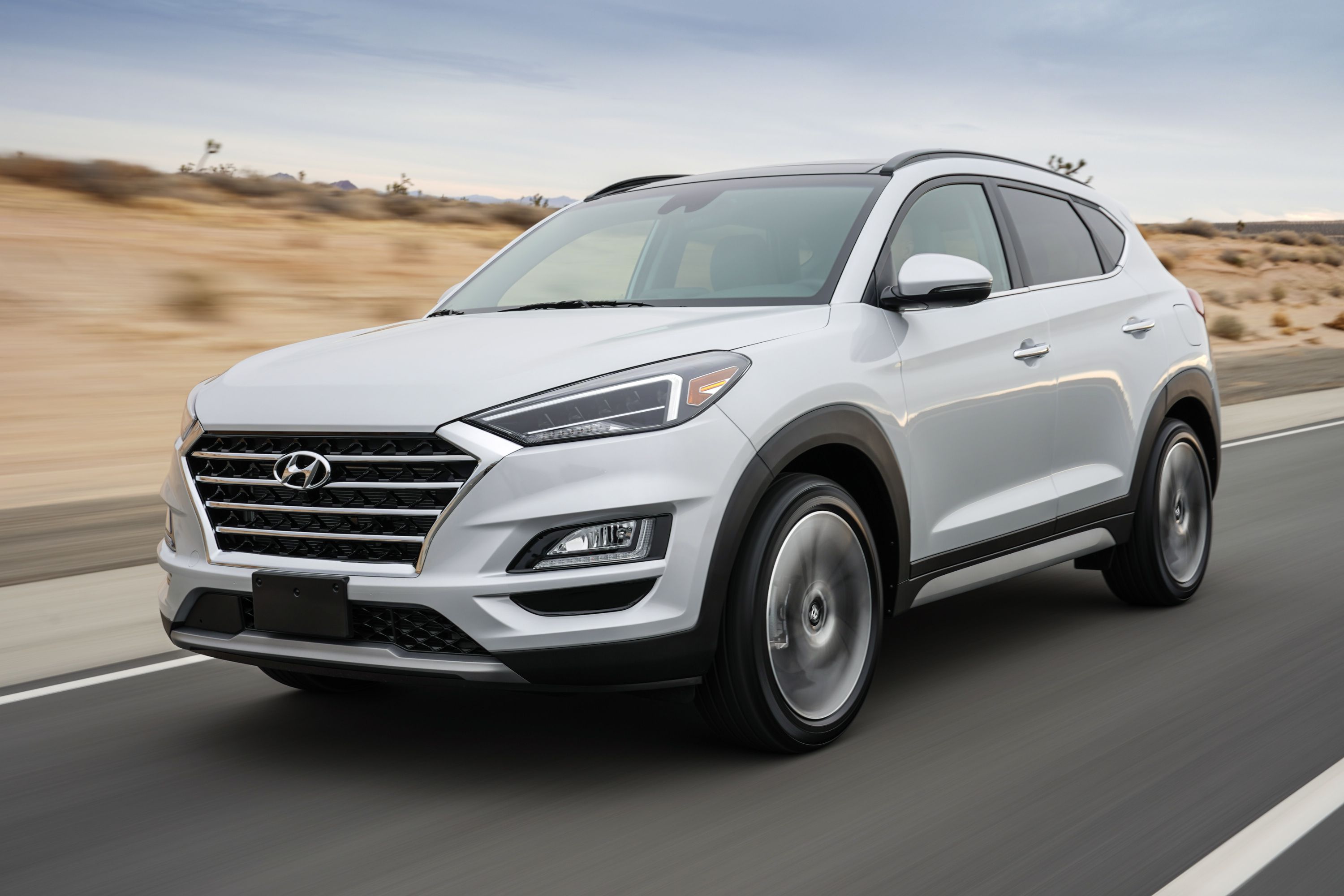
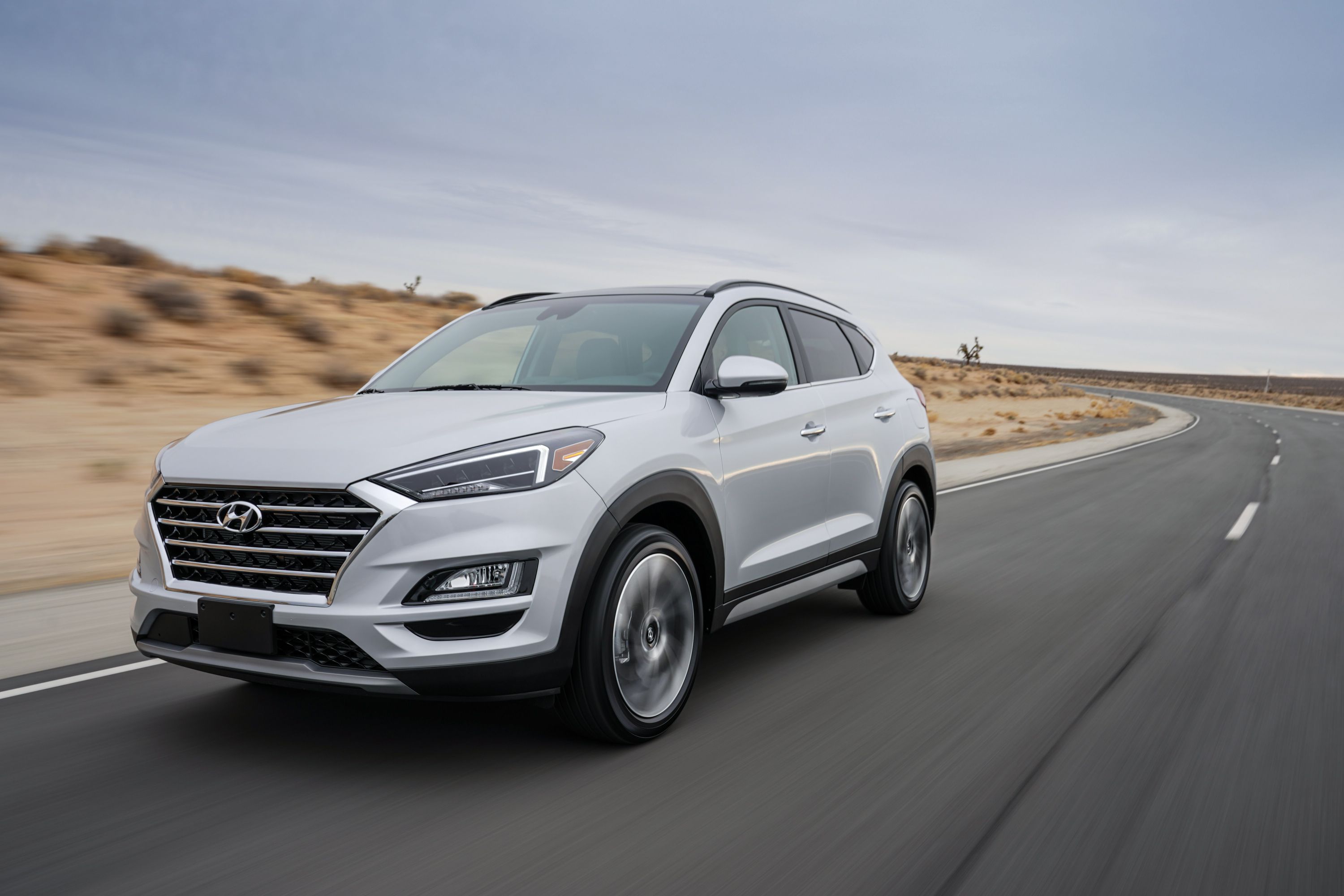
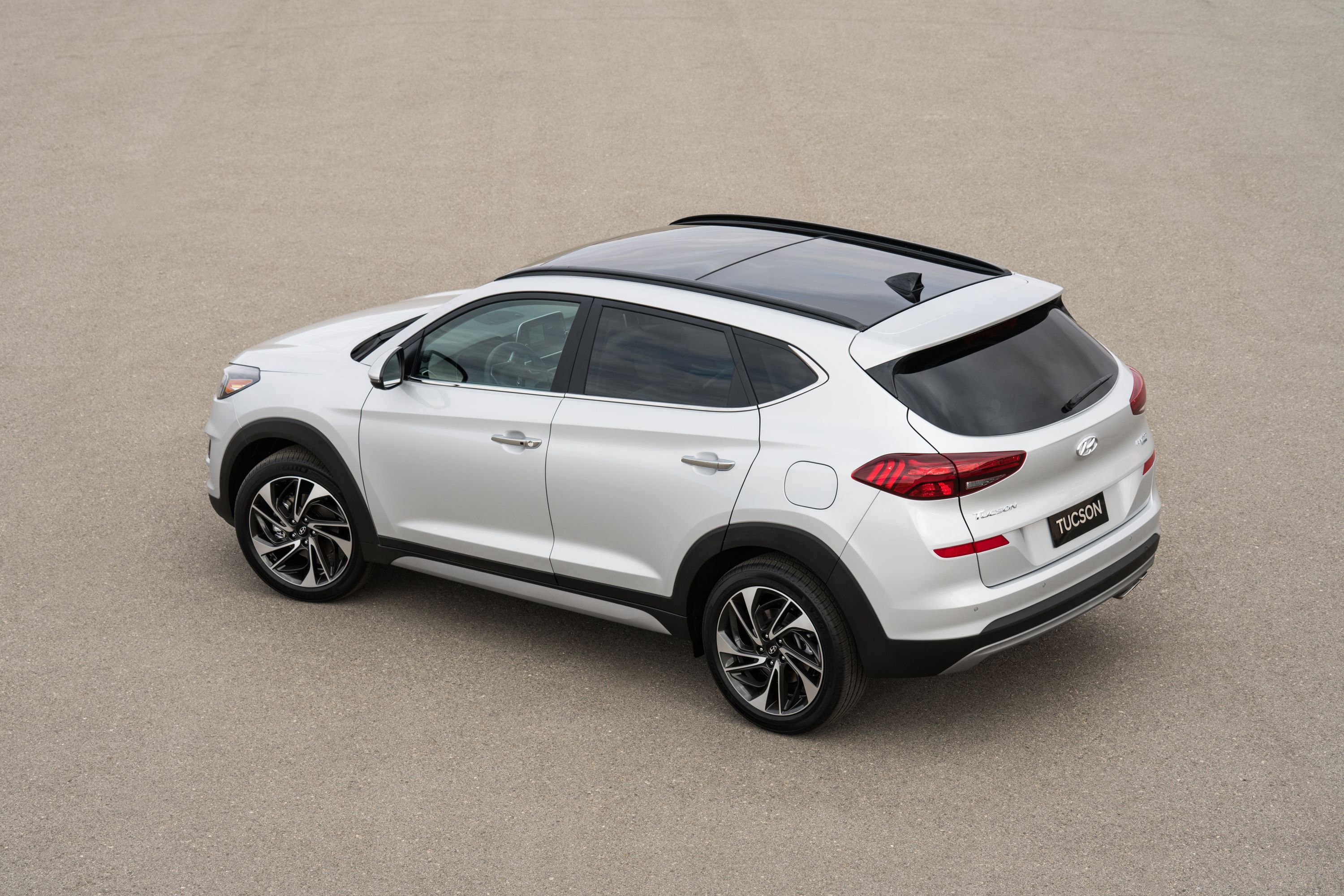
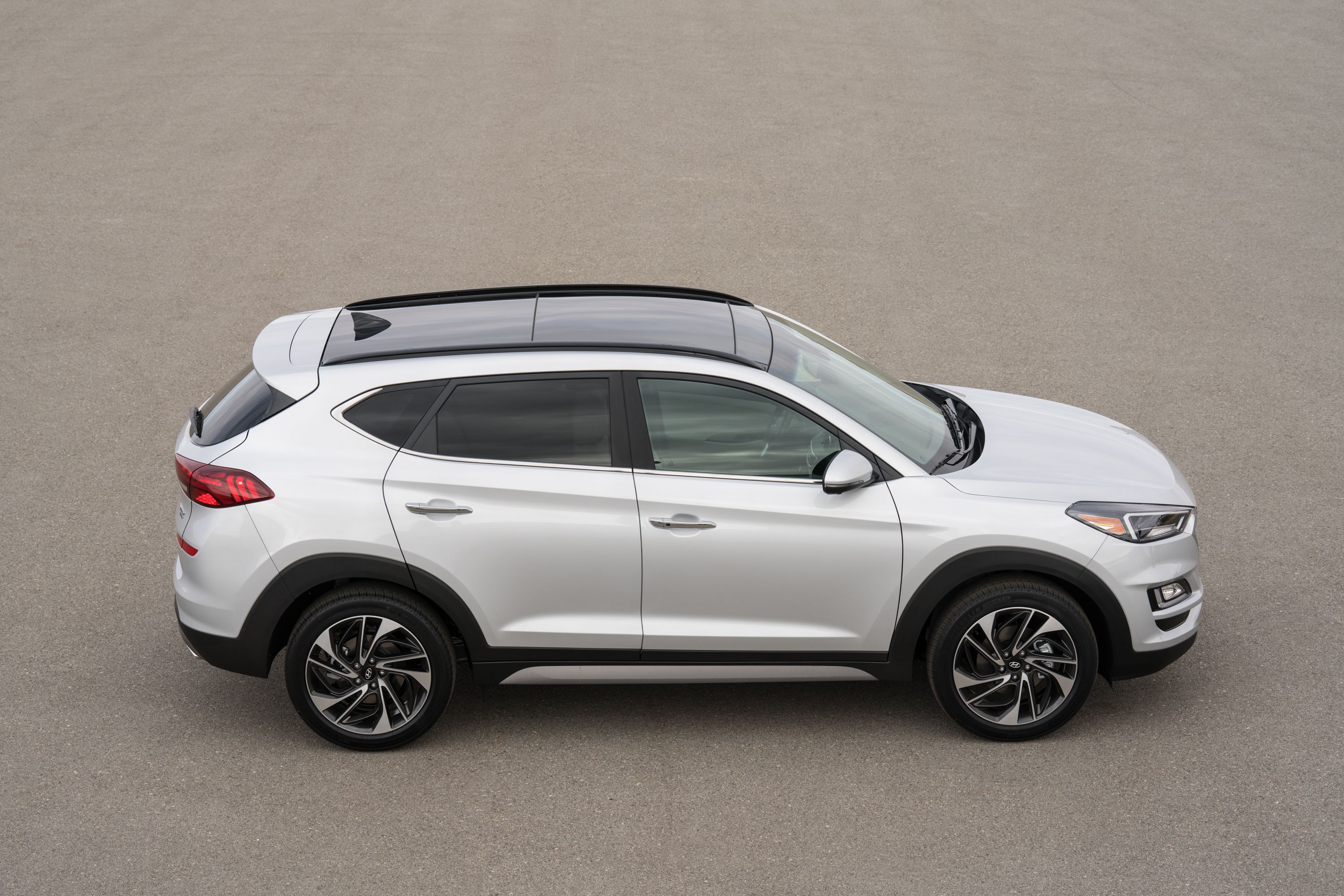
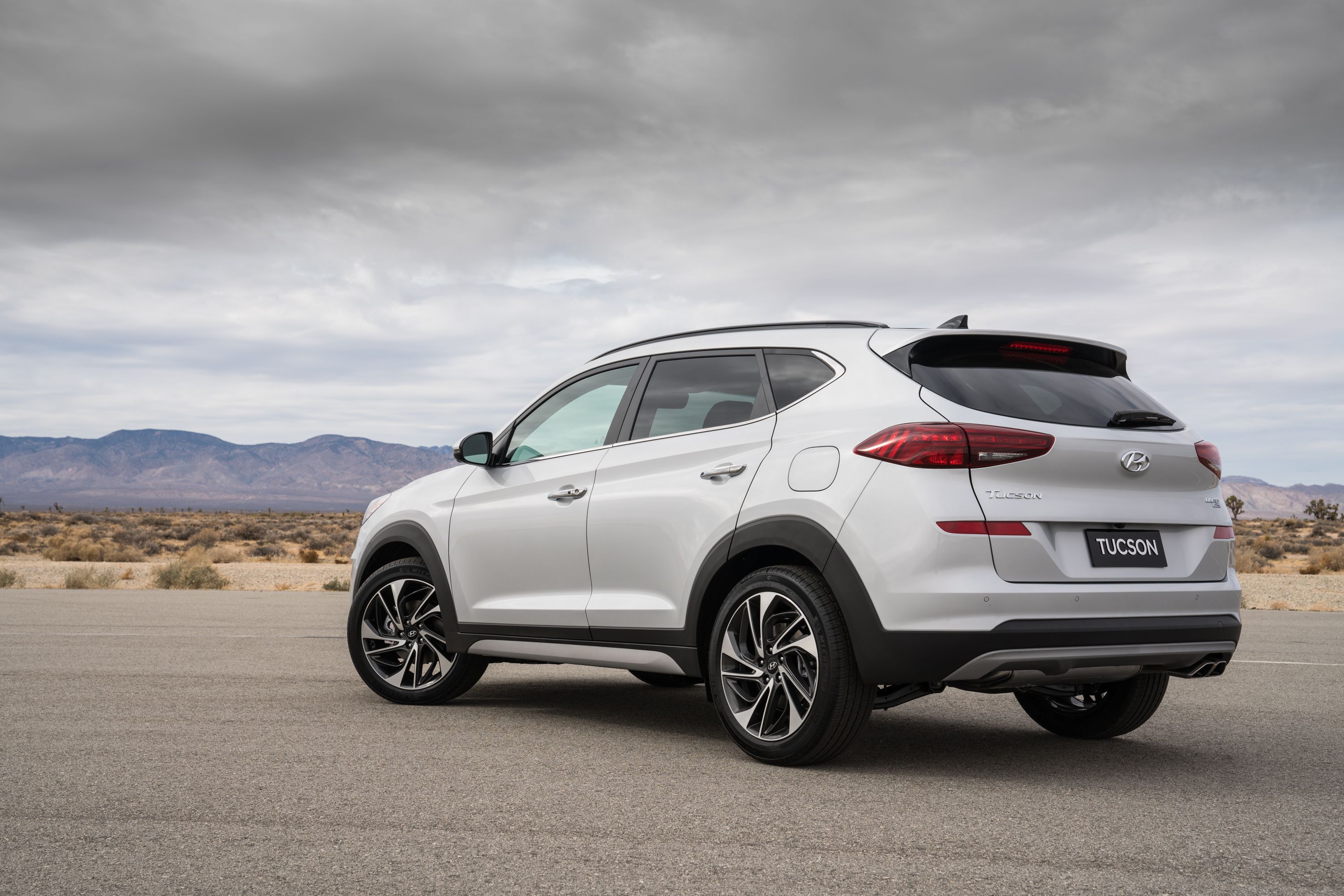
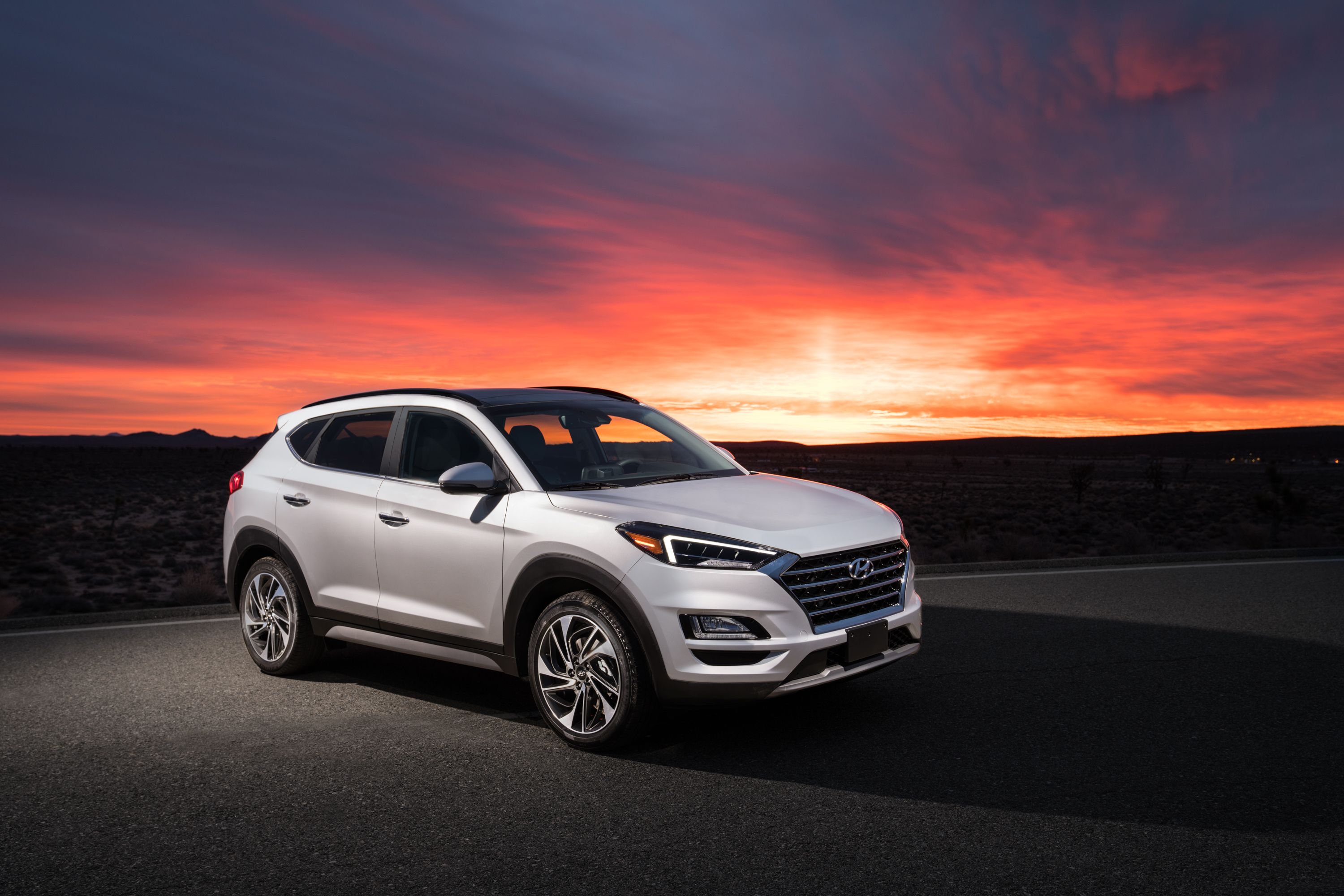
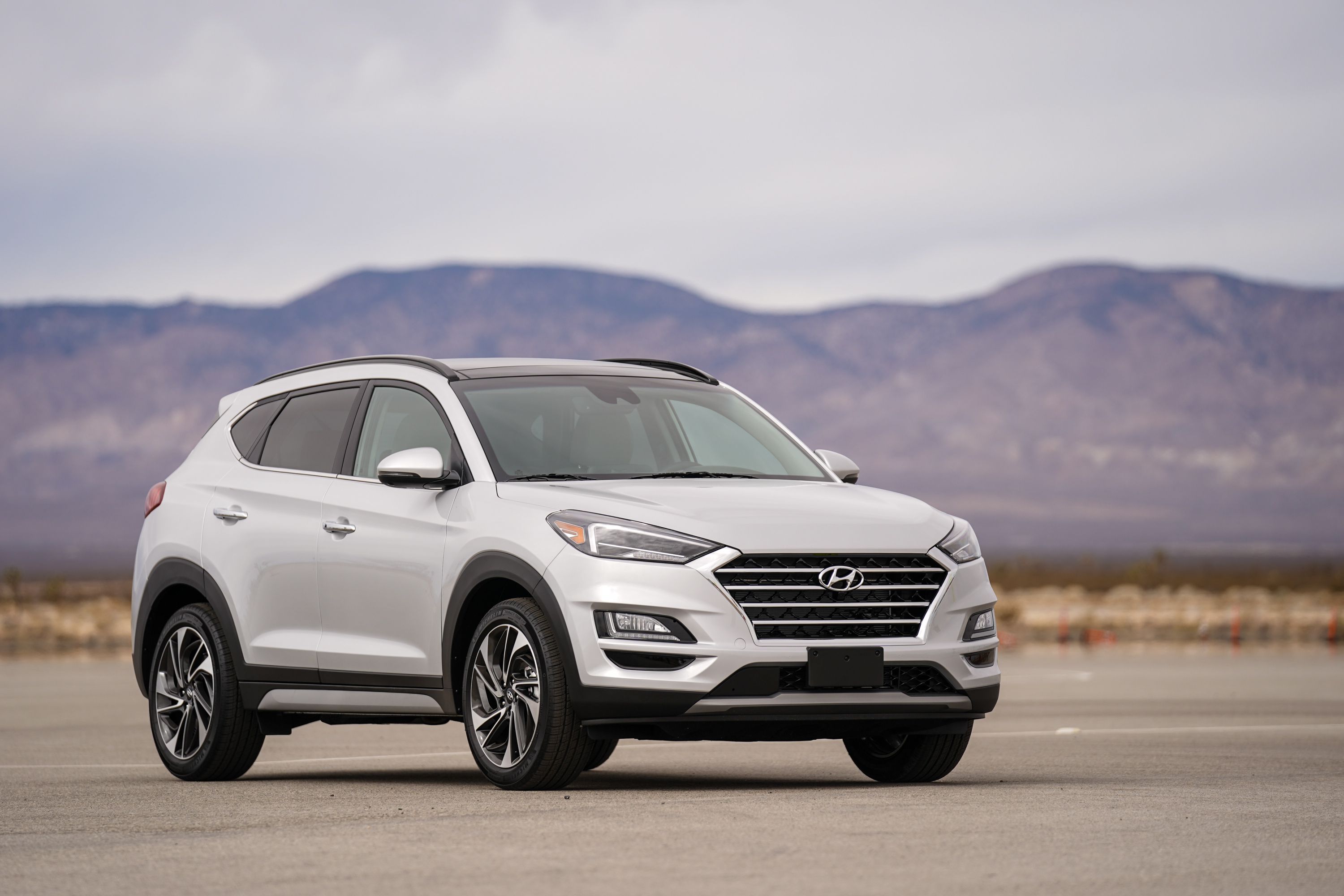
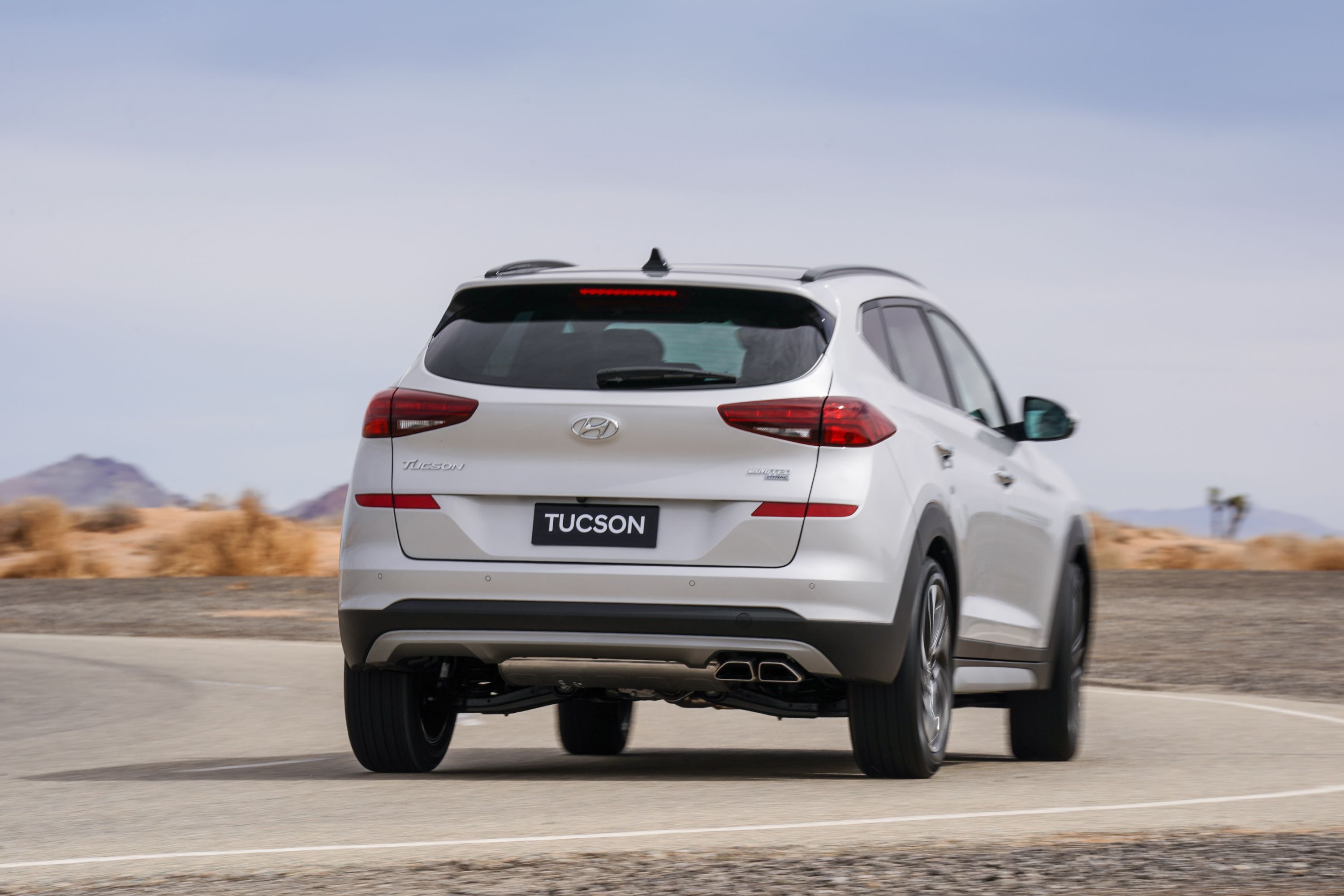
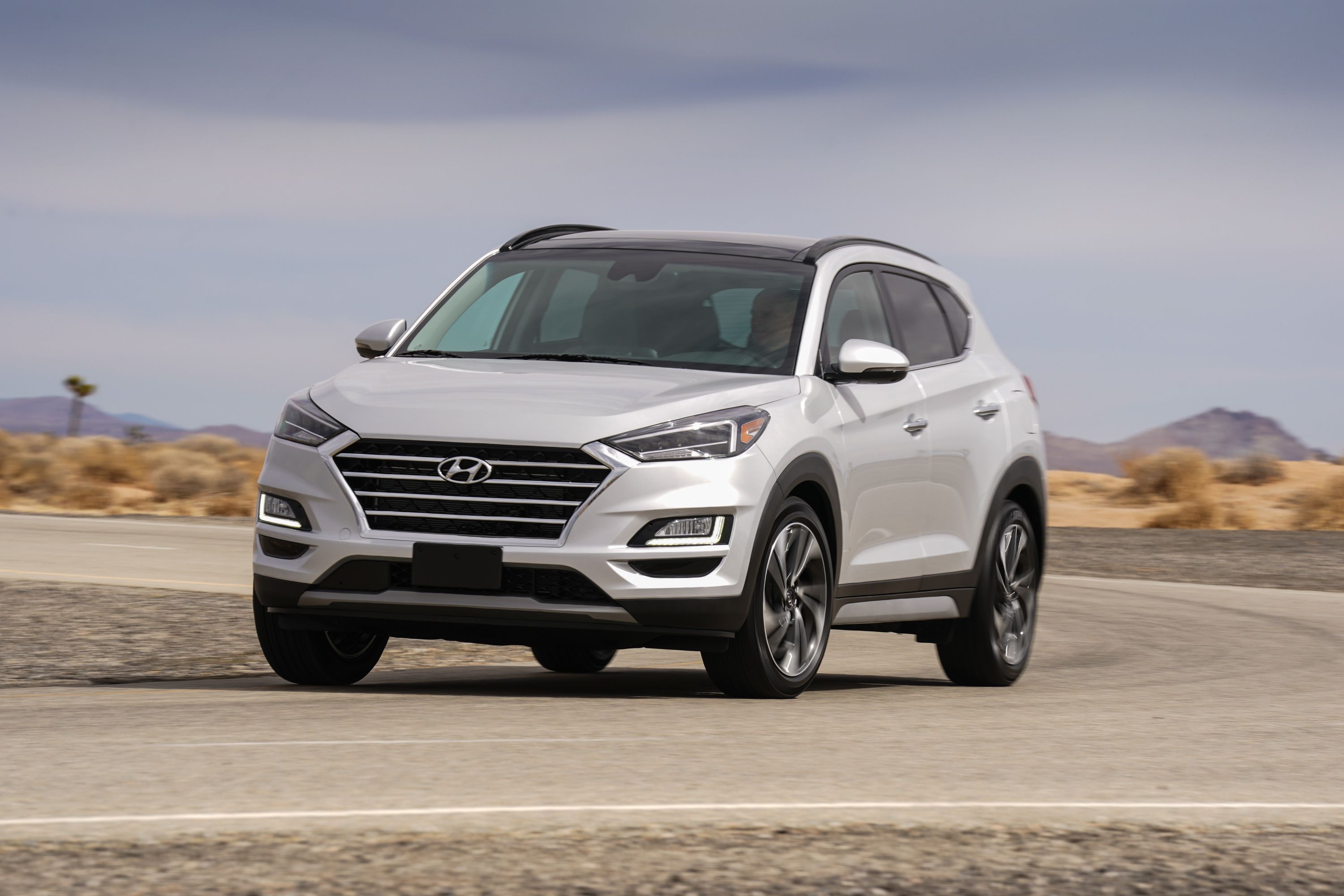
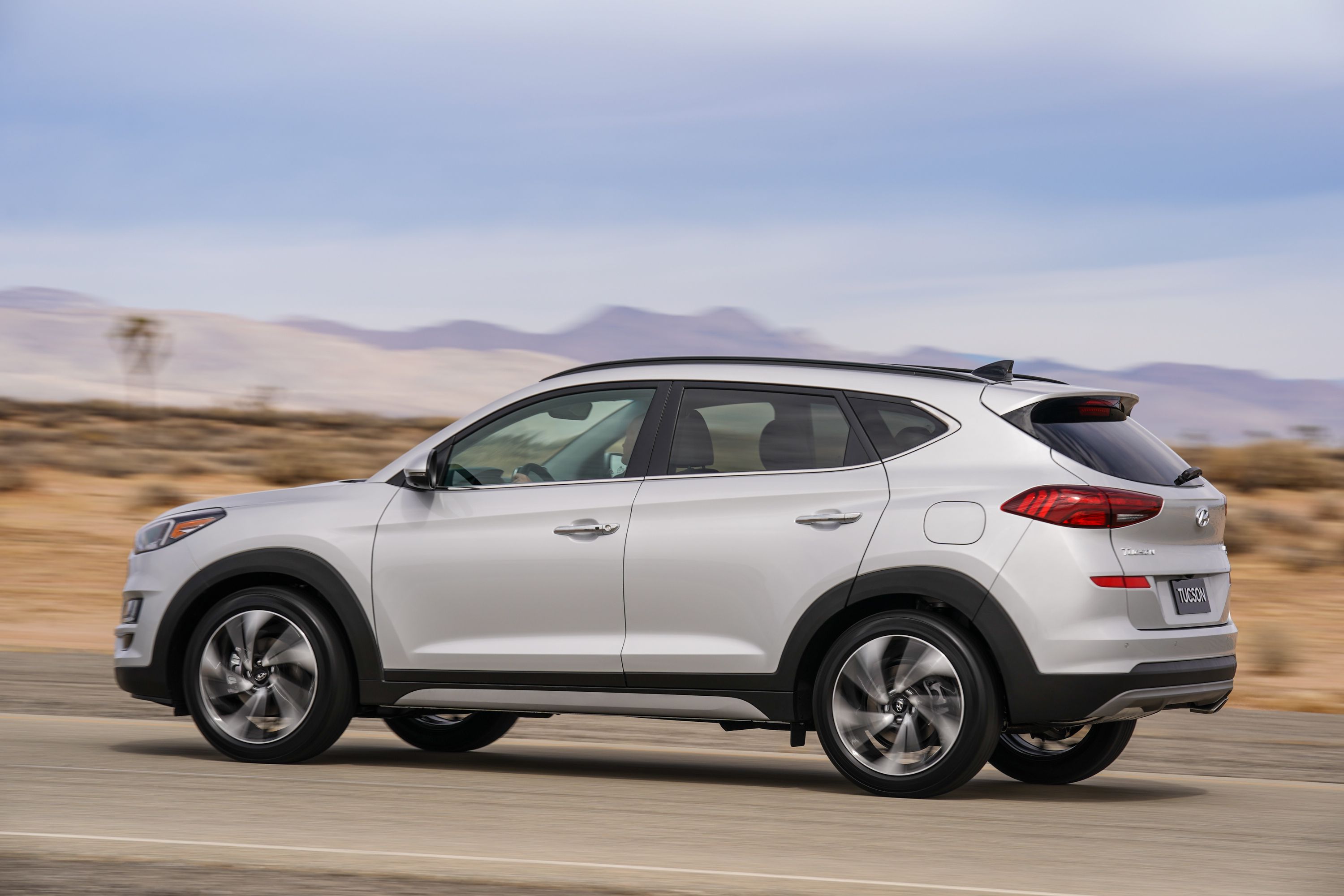
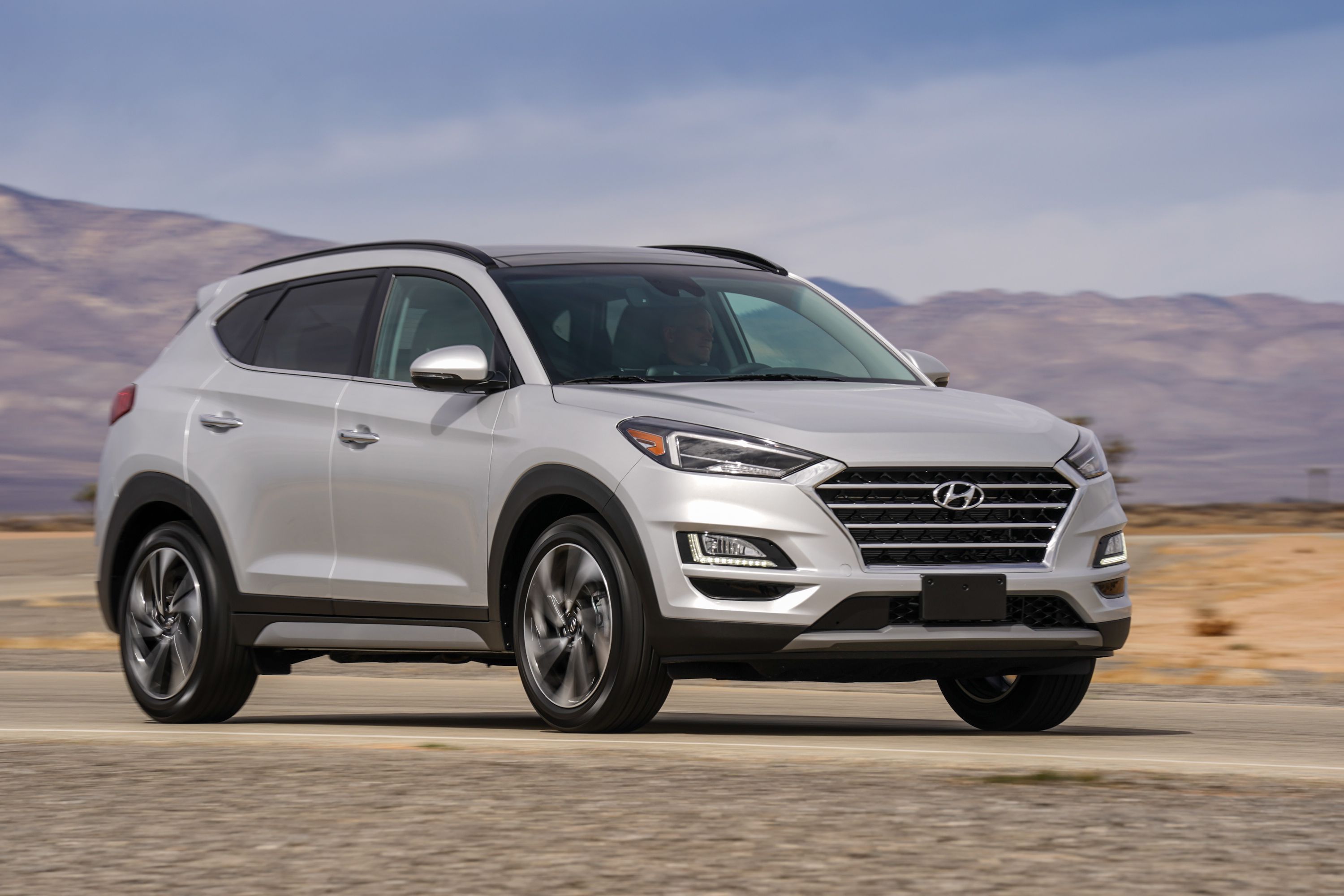
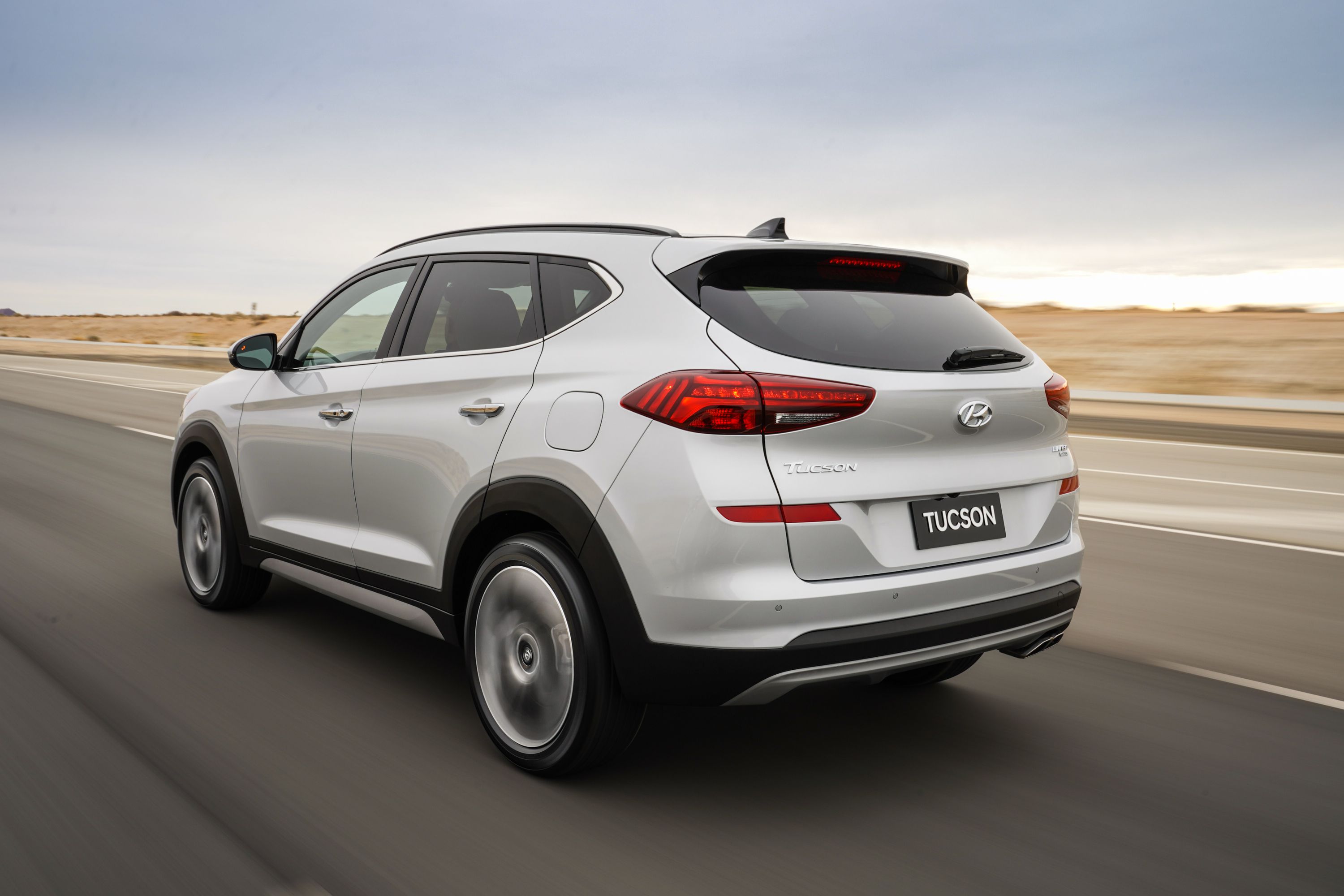
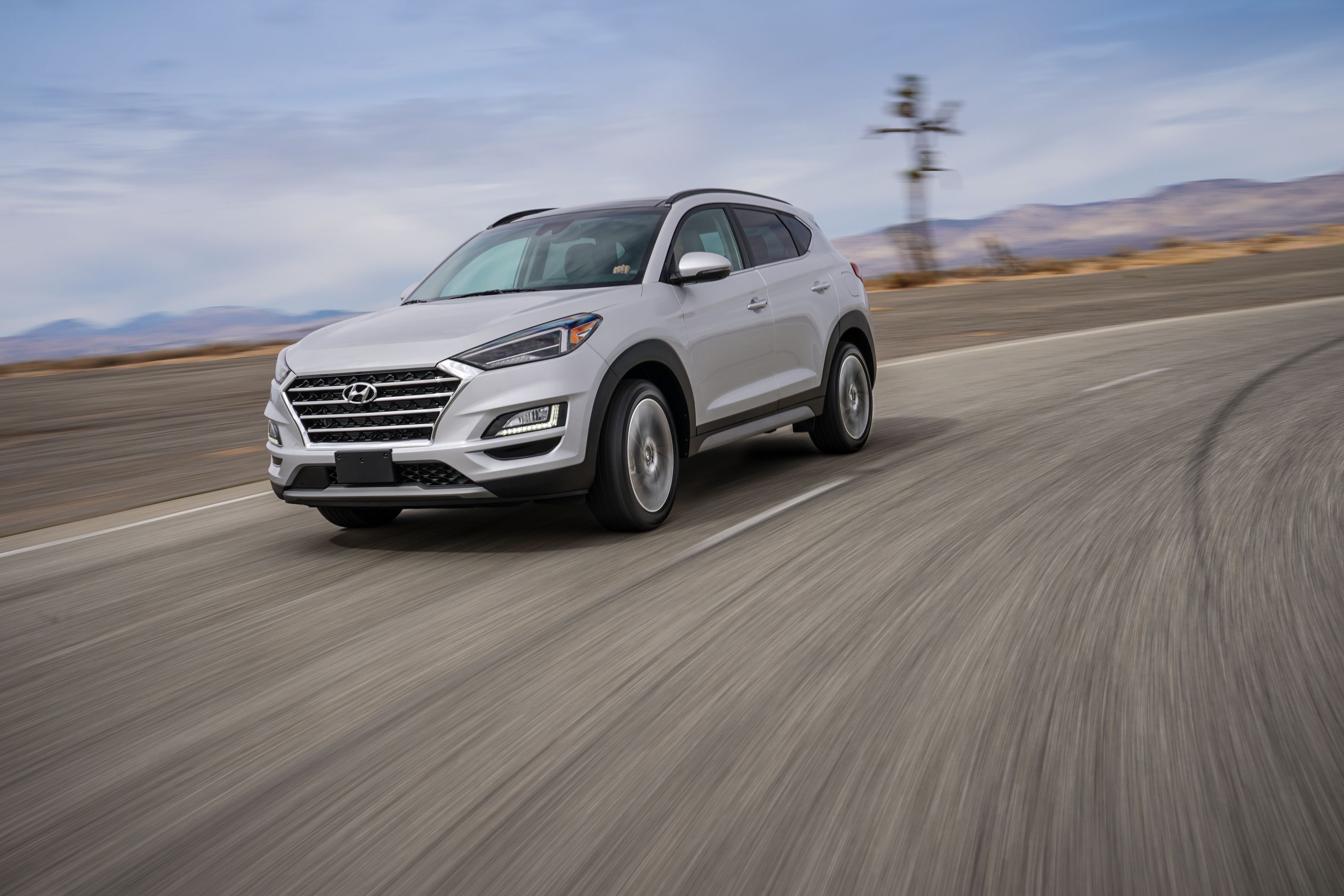
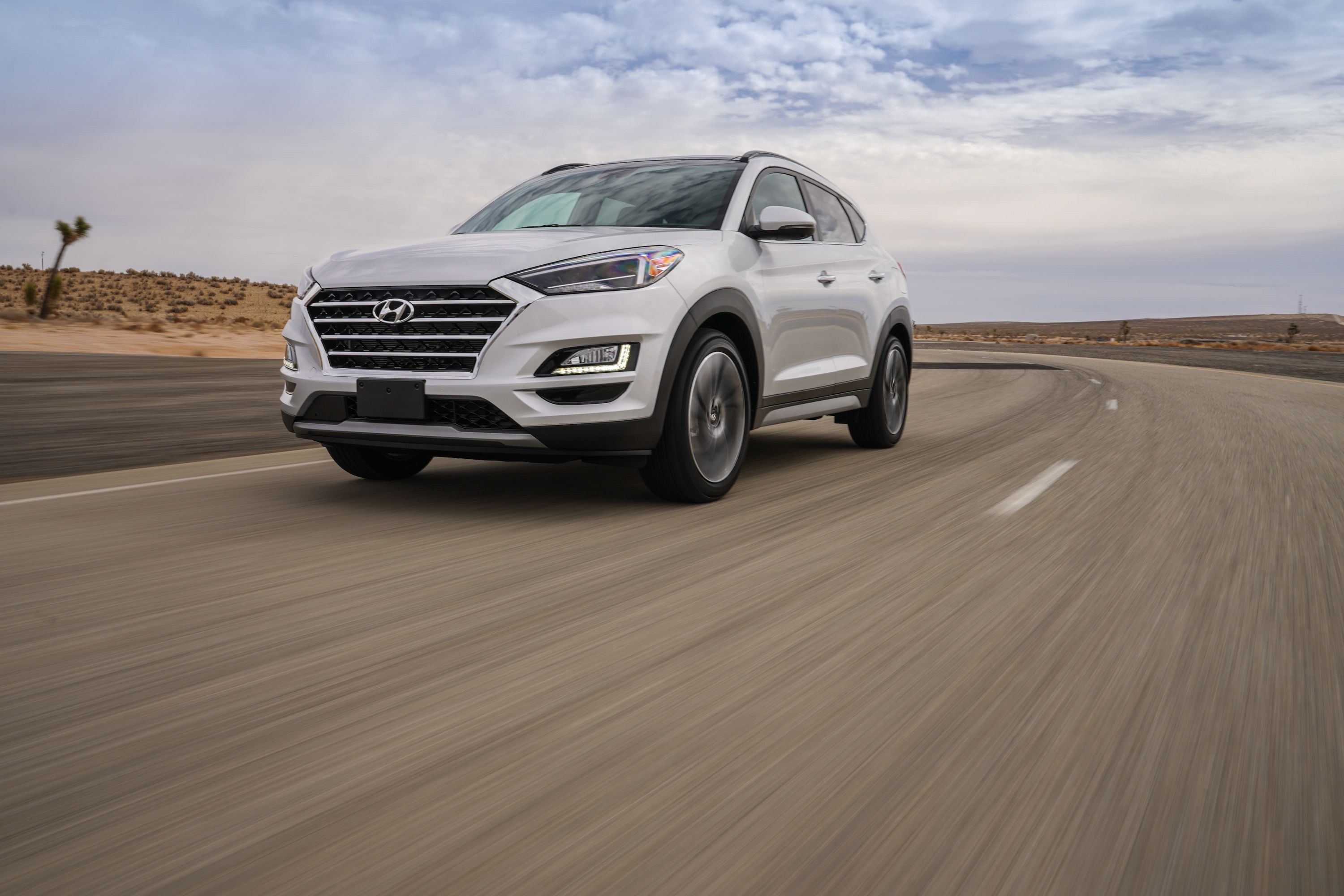
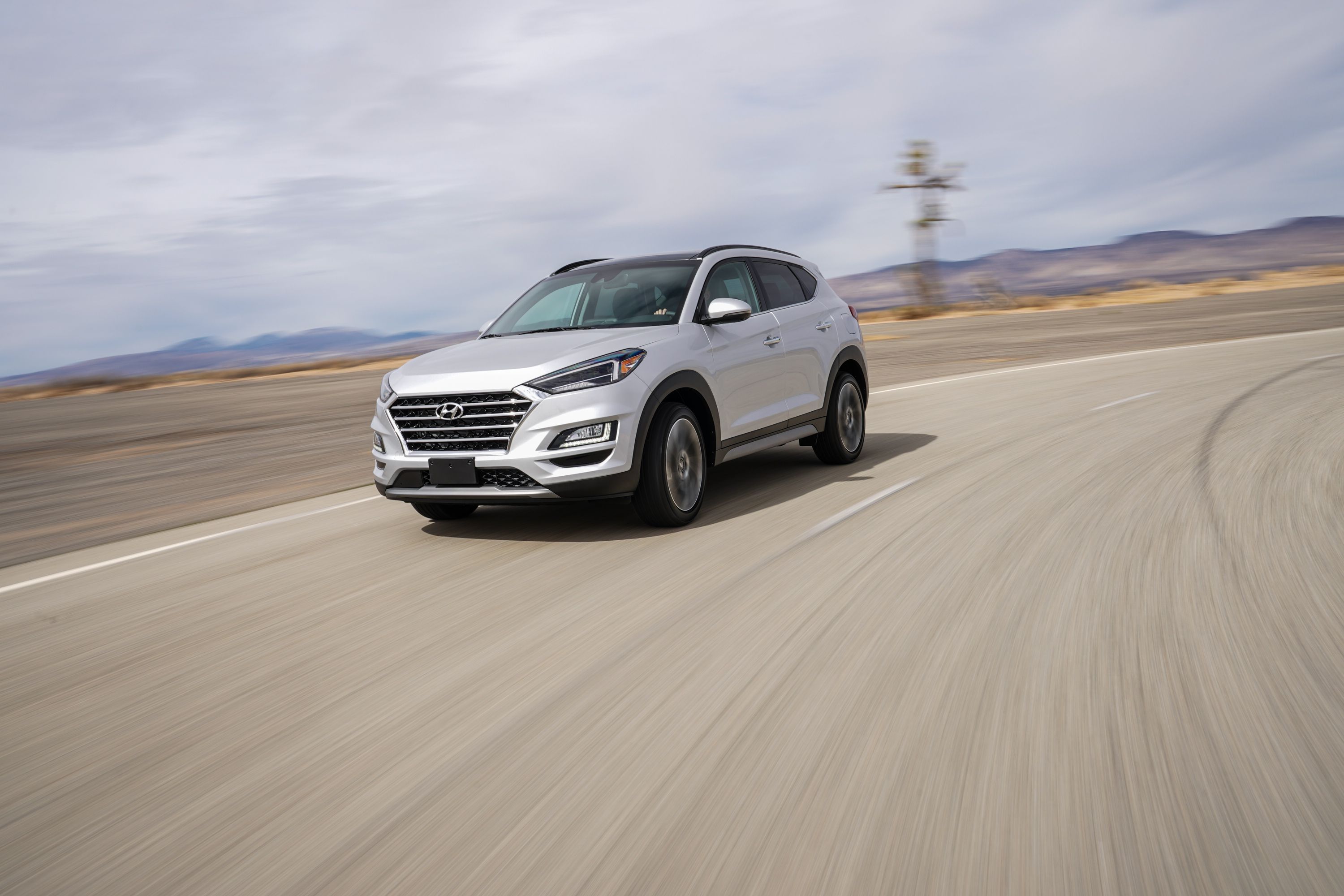
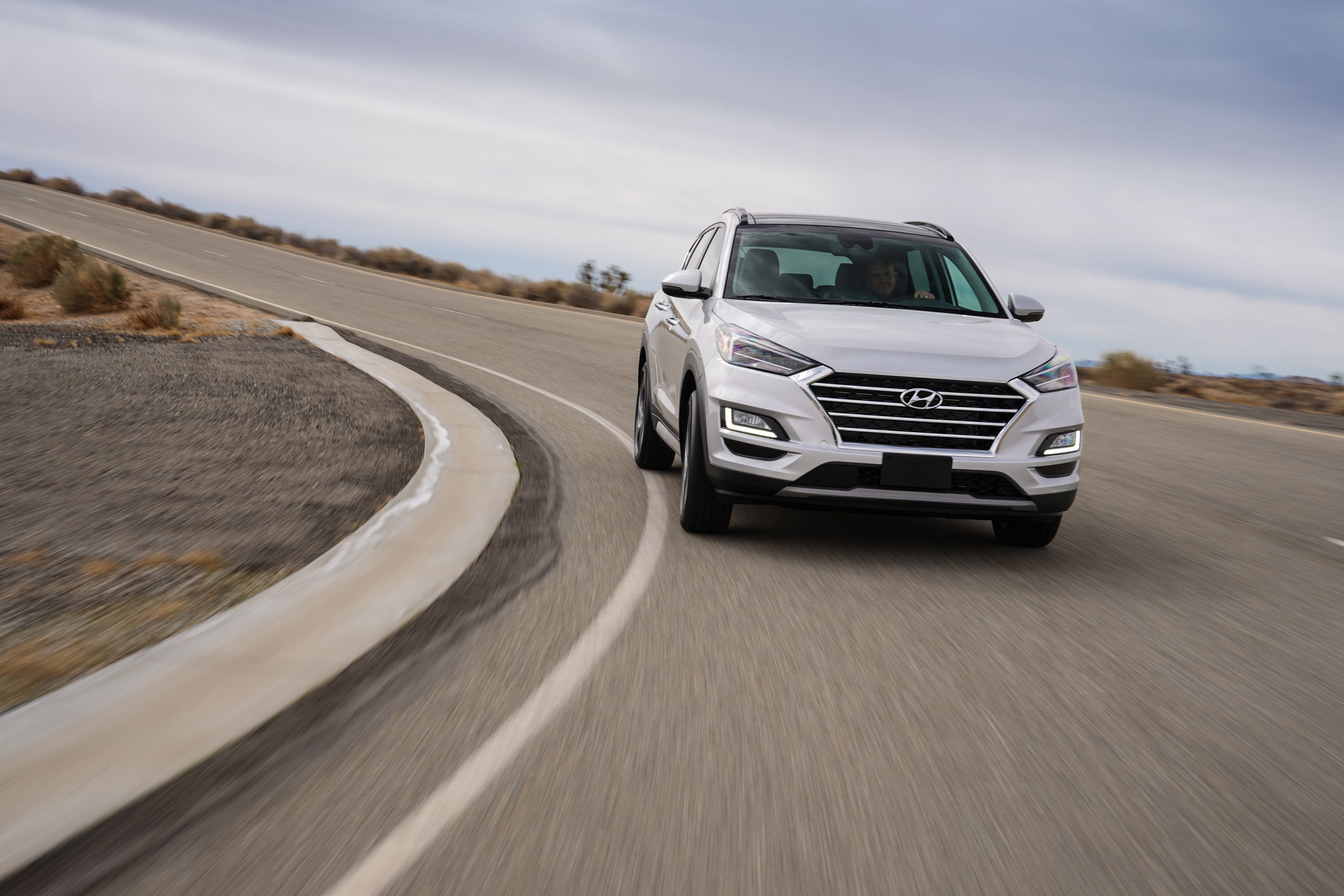
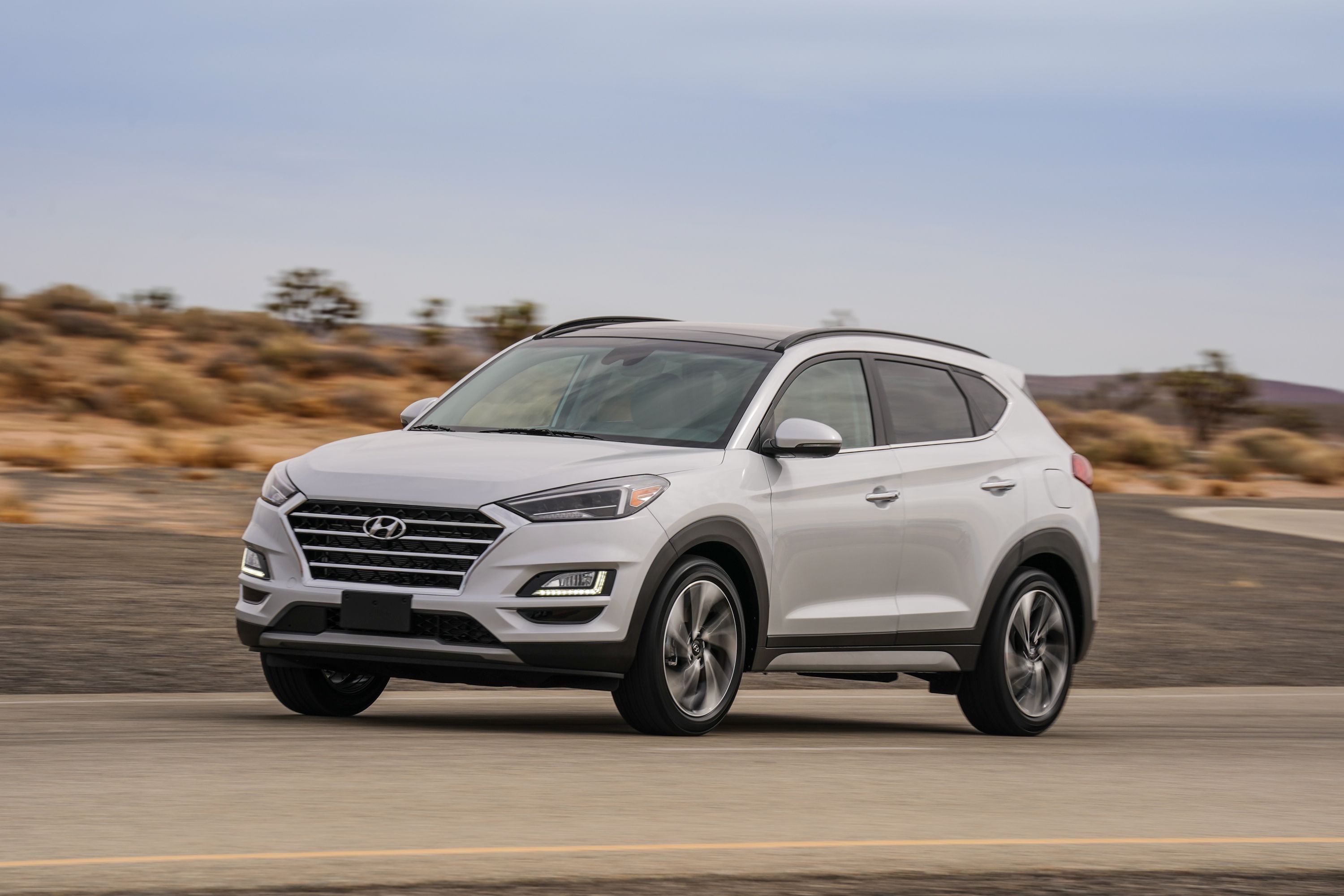
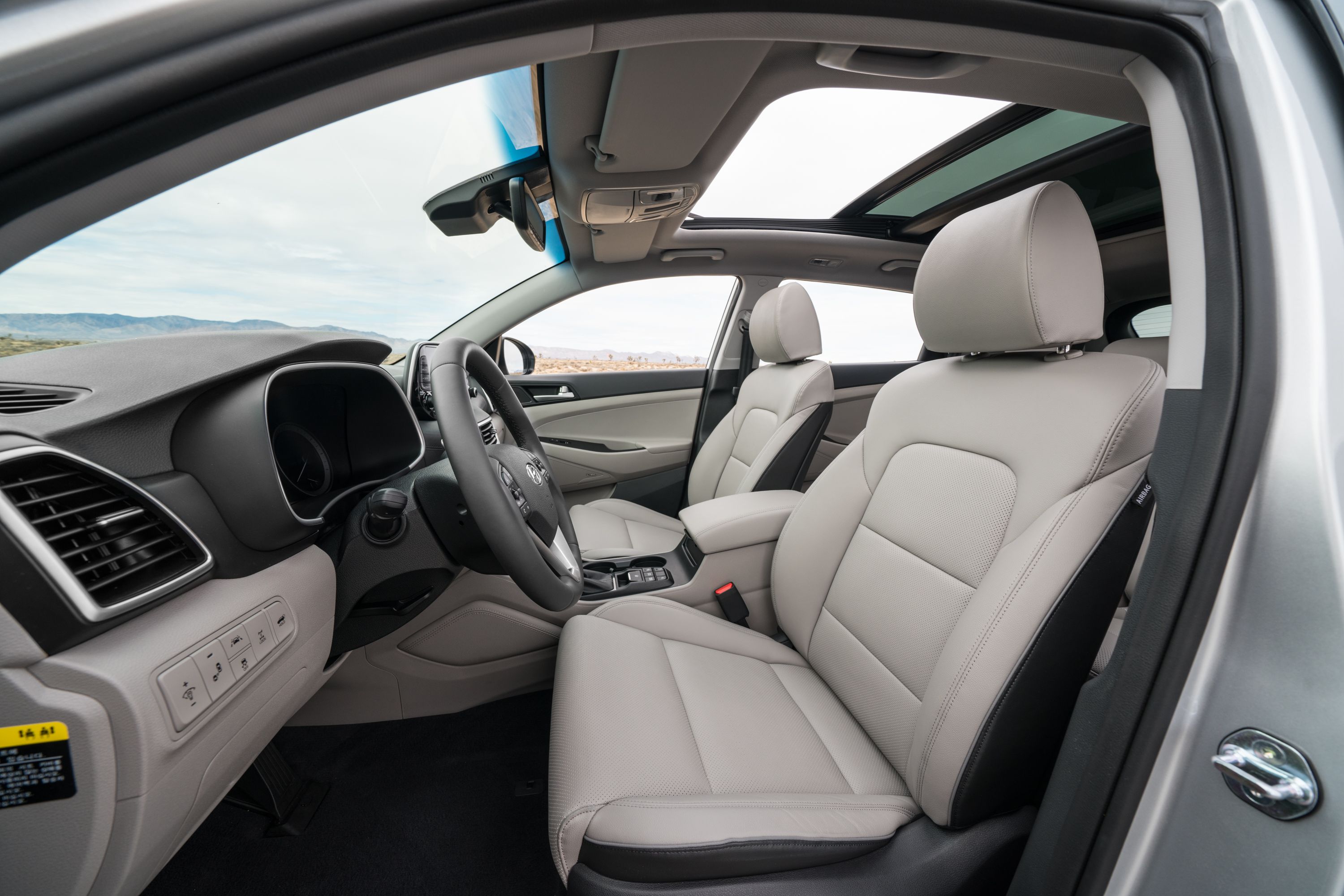
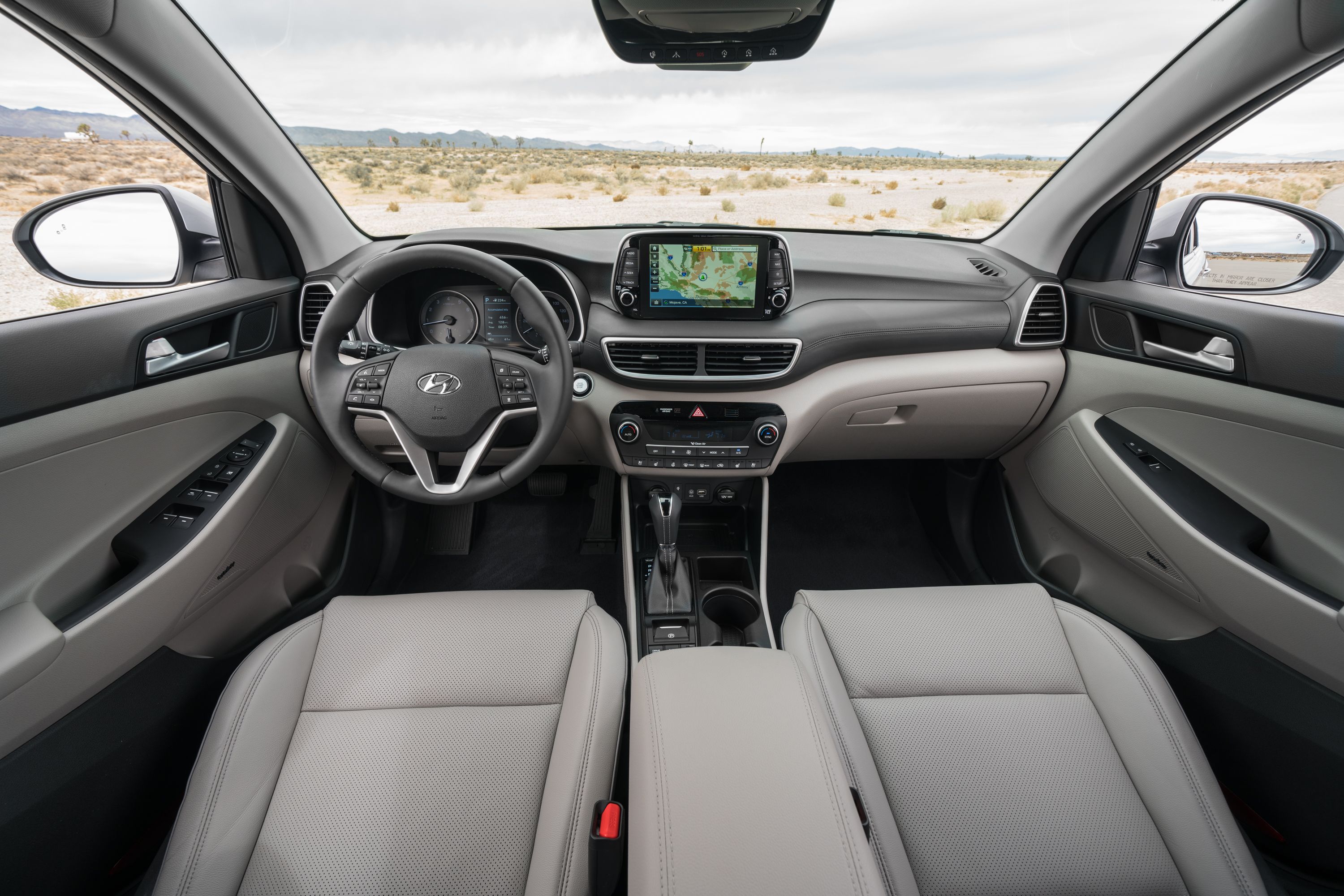
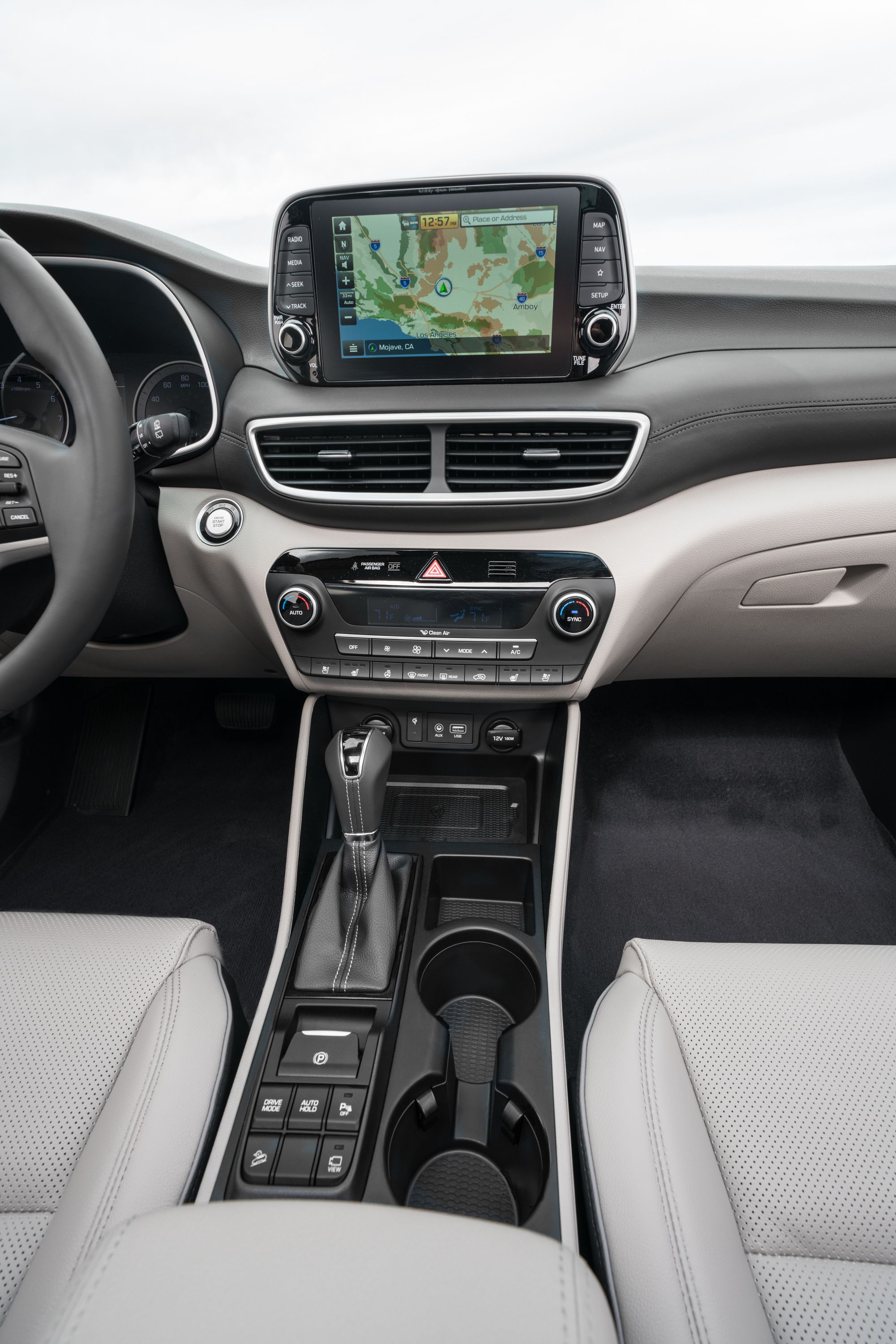


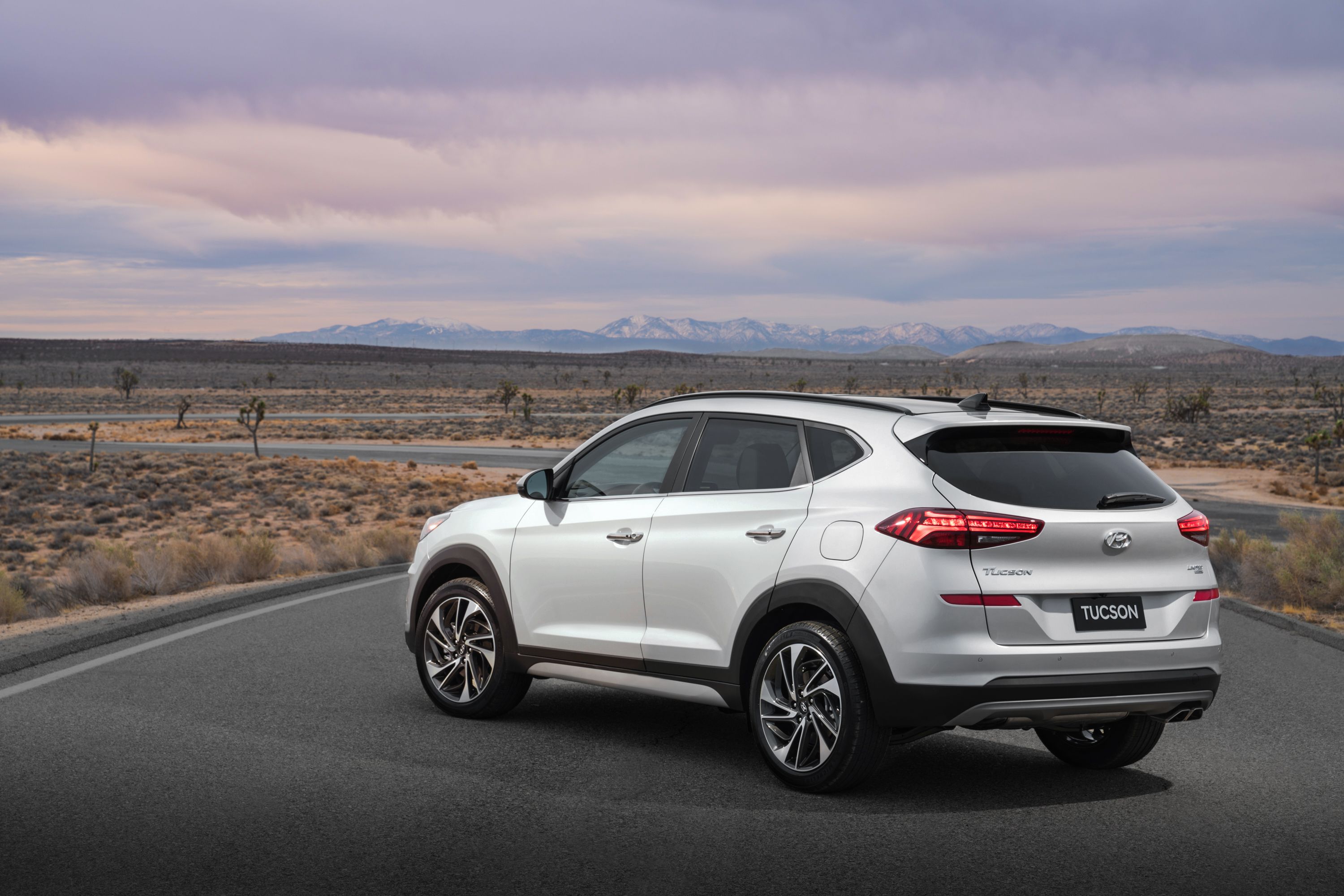
- Make: Array
- Model: 2019 Hyundai Tucson
- [do not use] Vehicle Model: Array
2019 Hyundai Tucson Exterior

In terms of updates, the Tucson sits on the mild side of the equation. Hyundai’s list of updates includes the word “new” a lot, but there’s not really much new about it. The radiator grille has been reshaped to mimic that of the Santa Fe, but the only real change is the inward curve on the lower sides. The headlights get new LED elements while the taillights have smaller reverse lights – yeah, Hyundai calls this “new.” The only other change to the body comes into play out back where the license plate recess has been enlarged and given more character. The reflectors have been moved higher in the body, and Hyundai cut off the top of the rear fascia’s insert, leading to more of the rear facia being visible.
Outside of these changes, Hyundai has made a brand new set of 18-inch wheels and redesigned it's 17- and 19-inch options. With that all said, everything else from the 2015-2018 model carries over unchanged.
2019 Hyundai Tucson Interior

So, Hyundai essentially took the lazy route when it came to updating the interior. The interior, however, has some pretty decent updates that bring it into modern times and finally address that old lackluster design. Of course, you have to take some of this with a grain of salt because Hyundai claims it updated its leather seats and we can’t quite spot the difference. Furthermore, the door trim panels carry over, as do the pillars and front, central armrest.
The center console itself did change, bringing the cupholders closer to the center stack and the gear shifter closer to the driver – something that was necessary as it required leaning into the center to actually grasp it before. The HVAC console remains the same, but above that, there’s actually some new design. Hyundai went with a floating, all-in-one-like display that just kind of hovers in the center of the dash. This gave Hyundai the freedom to lower the dash a bit for better visibility which ultimately led to a bit more character. The lower half of the dash is the same, though, so it’s almost like someone “shaved” a bit off the top. Hyundai says there is a new instrument cluster, but all we can see is a twin-gauge unit with a small display in the center – exactly what the old model had. Maybe the colors are different or something… but probably not.
The most important update inside is a toss up between the new seven-inch infotainment screen or the new electronic parking brake. The infotainment system offers up Android Auto and Apple CarPlay as standard equipment. A new review mirror also comes into play, and it’s actually a bit more stylish. Options include a new second-row USB charger, a Qi wireless charging pad up front, and a Blue Link connected car system.
2019 Hyundai Tucson Safety Features

The Tucson comes standard with Forward Collision-Avoidance Assist and Lane Keep Assist. This does include automatic braking and steering assist, the latter of which happens at speeds beyond 40 mph. All other safety features have to be optioned and paid for. This includes Pedestrian Detection for the FCA system; high-beam assist, rain-sensing wipers, surround view monitor, smart cruise control with stop-and-go, and driver attention warning. Most of these are more convenience than safety, but it might not be a bad idea to opt for pedestrian detection – someone might end up thanking you for that one someday.
2019 Hyundai Tucson Performance

And, this is where Hyundai really screwed up. Apparently, Hyundai still believes that there’s no replacement for displacement or something. It promised an updated drivetrain selection but what we got instead was the same, tired, 2.0-liter with the same 164 horsepower and 151 pound-feet of torque. That engine will be standard in the Value and SE trim levels.
Anything higher and you get a 2.4-liter, naturally aspirated engine with 181 horsepower and 175 pound-feet of torque. This replaces the 1.6-liter turbo mill with 175 horsepower and 196 pound-feet of torque. So, when Hyundai said you get more power, it meant 6 more horsepower and that cost of 20 pound-feet of torque. To make matters worse, both engines mate to that six-speed automatic that was previously used only on the 2.0-liter. That’s right, no seven-speed, dual-clutch transmission for you. There is a “manual shifting mode,” and Hyundai was nice enough to through in a good old-fashioned lock-up torque converter to help with better fuel economy at higher speeds.
Speaking of economy, Hyundai has yet to release specs for the 2019 model. However, the 2.0-liter available through 2018 offered up 23 mpg in the city, 31 mpg on the highway, and 26 mpg combined. I wouldn’t expect those numbers to change at all. As for economy of the 2.4-liter, your guess is as good as ours. With any luck, it’ll deliver better than the 26 mpg in the city, 33 mpg on the highway, and 29 mpg combined offered by the now-defunct 1.6-liter turbo. If not, Hyundai will have some splainin’ to do.
2019 Hyundai Tucson Pricing

Pricing for the 2019 Hyundai Tucson has yet to be established, but with the 2018 model selling for between $21,300 and $28,175, you can’t expect the 2019 model to go for much more. The redesign of the interior and the minor changes outside will probably come at a premium, but it’ll be a crime if Hyundai increases the entry-level pricing beyond $22,750. Furthermore, This particular segment is highly competitive, and the Tucson hasn’t changed nearly enough to justify a price hike higher than that.
2019 Hyundai Tucson Competition
Honda CR-V
The CR-V is a prime competitor in this segment, especially after Honda ushered in the all-new fifth-gen model for 2017. The exterior takes on an attractive look with muscular proportions and sportscar-derived design language. The interior is as fresh as it comes with a unique-to-this-segment center console that is practically integrated into the center stack while the rest of the console sits much lower. Higher-end models get a soft-touch dash and an infotainment display that floats in front of the dash. On the power front, you’ve got a 2.4-liter for the entry model with 184 horsepower and 180 pound-feet of torque while higher-end trims get a 1.5-liter turbo with 190 ponies and 179 pound-feet of torque. Pricing, on the other hand, is a bit harder to sell with the base, LX trim coming in at $24,150 ($25,550 with AWD) with the range-topping model commanding in at least $32,650 – a bit higher than you’ll ever pay for a Tucson. Well, before options, anyway.
Read our full review on the 2018 Honda CR-V.
Mazda CX-5
The Mazda CX-5 was an underperformer for Mazda but come 2017, and Mazda shifted it into a new generation a bit earlier than expected. With that generational shift came an all-new look with dynamic body lines, sleek exterior lighting, and a new interior design that makes this compact SUV feel a little bigger than it really is. It’s even got the infotainment display sitting atop the dash – a much cleaner look than the generation before. Now sportier and more attractive, the CX-5 gets it juice from a 2.5-liter four-banger with 187 horsepower and 186 pound-feet of torque. It can be had in front- or all-wheel drive, and it does get Mazda’s relatively new G-vectoring control. Like the CR-V, the CX-5 is priced a bit higher than the Tucson with the entry-level model commanding at least $24,150 while the range-topping model comes in at $29,645.
Read our full review on the 2018 Mazda CX-5.
Final Thoughts

The Tucson does offer quite a good value on an overcrowded market, being priced lower than most of its direct competition. It is, only the other hand, still sporting a somewhat dated look and is powered by drivetrains that just don’t compare to what the other guys are offering. It’s definitely a good vehicle for the budget conscious and those who don’t have a desire to own the very best but don’t purchase one on a knee-jerk reaction – you’ll want to check out the competition first. Sure, the CR-V or the CX-5 is a bit more expensive, but they also offer their own style and decent tech for the price. Whether or not it’s worth the extra cash is something you’ll have to figure out on your own.
References
Hyundai Tucson
Read our full review on the 2017 Hyundai Tucson.
Read more Hyundai news.
Read more New York Auto Show news.

